European Museum of the Year Award
THE WINNERS 2022
Choose a language:
FOREWORD
EMYA 2022 Winners
This past year will be registered in our collective memory as a long-winded twelve month-period, the second year of COVID-19 pandemic, that forced humanity and each one of us individually to revise predefined frames of mind, rethink priorities and life practices, reconsider relationships with the others and ourselves, perhaps even rediscover the world and our positioning within its complex ecosystem. This radical societal shock, with its multifaceted layers, phases and implications, is already set under scrutiny not only as a lived experience but also as a subject of thorough research in all sciences and different disciplines. There is no doubt that as a sudden collective encounter with uncharted territories of life knowledge and a universal walk into new boundaries of human resilience, it has also been entangled with a mixture of feelings, from deep existential anguish to profound hope for a better and more meaningful living.
Museums are part and parcel of our societies and the societal tremor caused by the pandemic has unsurprisingly shaken them to their foundations. How could it be otherwise? Their long genealogy attests that museums always stood out as symbolic containers of more than a few societal tremors and transformations; their existence has been repeatedly interweaved with stories of struggle, resilience, transformation and innovation. Besides, an imperative need to reset new global coordinates for their functioning and appraisal was well under way even before the corona “comet” stroked planet Earth.
In the EMF/EMYA records, the second year on of this pandemic will be precisely remembered as a year of resistance to any rising obstacles and of a challenge-based flexible replanning of operations both on the part of the vibrant museum community across Europe and on the part of the EMF/EMYA team. Despite all odds, the EMYA 2022 competition not only has gone ahead as usual but has been also stemmed with a notable success, shaped by the very high total number of museum candidacies submitted and the remarkable diversity of inspiring projects, with significant museological novelty and social impact, within this outstanding pool of entries. By end of May 2021, 39 applications from museums in 19 Council of Europe member states have reached the EMF Inbox. Those, together with the 21 museums deferred from the 2021 competition due to Covid-19 related restrictions in the first year of the pandemic, rounded the total number of the 2022 candidates to 60 museums from 27 countries of the Council of Europe. This number speaks to the continued relevance of the EMYA awards for European museums. During summer and autumn 2021, EMYA judges visited all candidate museums, a remarkable achievement considering the complexity and unpredictability of traveling across Europe.
In 2021, the EMYA Jury was composed of thirteen (13) members, three (3) of which were past judges serving as guests, called on by the EMF Board to support the Jury therefore increasing overall capacity, geographical range and the ability to make use of specific travel corridors open between specific countries or regions.
The forty-fifth EMYA competition has brought visibility to all 60 candidate museums whose cultural and social impact is impressive and highly appreciated across the museum sector in Europe and beyond. Yet, twelve of the candidate museums have been specially acknowledged as worthy winners of very significant prizes and special commendations. These projects signpost the progressively huge importance of museums as reflectors of the complex human mind and soul, as carers and healers of communities and individuals, as peaceful expressors of personal and personalised spirituality, as active protectors of the right to be different within any society. They are also markers of local pride and agents of positive change; they act as artful investigators of knowledge and facilitators of critical thinking and innovation through constructive doubt, as key players in building sustainable societies and creative ecosystems, as connectors of different ideas and cultures. Their continuous effort to innovate, to revise stories of individual, local and national identities, to raise greater awareness about climate change is outstanding and offered them a special place at the EMYA 2022 podium of museum recognition.
This year, a special emphasis is also placed upon the issues of coloniality and decolonization, restitution, reparation and repatriation which shaped the public discourse around museums in 2021.
The winner of the main EMYA 2022 Award, the Museum of the Mind | Dolhuys, in the Dutch city of Haarlem, is based in a 700-year-old medieval building originally set outside the city walls as a place of confinement for ‘unwanted’ people. Run by a not-for-profit private foundation set up by four psychiatric hospitals, the Museum of the Mind is excellent and innovative in the way it humanises psychiatry, explores the nature of the human mind and epitomises the power of museums in the social fabric. Every aspect of it indicates a human-centred institution that emphasises the experience of people who are considered ’different’.
While many museums are exploring programmes for mental health improvement as well as catering for neurodiversity, the Museum of the Mind stands out as a centre of excellence in this field, in terms of its governance scheme, with links to national mental health foundations and agencies, its content and conceptual exhibition making, its contemporary relevance both for its personnel and its diverse audiences.
The Museum of the Mind is a uniquely humane, interactive, empowering, activist museum based on a ground-breaking project that develops the museum concept as school of life with a very open mind, and does so within a building that carries a heavy past with multiple layers of memory of illness but also of great resilience. It is an incredibly valuable social project realised through the museum medium, to which one would need to return regularly in order to find new answers about the human condition and cultivate seeds of hope for a better future about the self and society.
The worthy winner of the Council of Europe 2022 Museum Prize, Nano Nagle Place in Cork, Ireland is a site-specific museum which celebrates the educational and religious work of Honora “Nano” Nagle who founded a school for the Catholic poor in Cork in the 18th century, at a time when this was illegal. The museum tells her story as well as that of the life and work of the nuns. The charity which runs the museum continues the order’s educational and spiritual work, through the Cork Migrant Centre, providing services for Asylum Seekers and Refugees, and the Lantern, which runs Community Education and Development services, that bring the perennial fight for equality and social justice to twenty-first century frame of mind and action. This is an exemplary place of caring based on need not on doctrine, providing long term sustainable cultural and social services, directly connected to the core museum story of innovative education and care of the poor and excluded.
This year, the Kenneth Hudson Award 2022 is given to four individuals rather than a museum from the pool of the nominated candidates. As scholars and museum directors, these four individuals (Wayne Modest, Nanette Snoep, Laura van Broekhoven, and Léontine Meijer-van Mensch) are actively and passionately committed to working towards developing new global ethics for museums on issues of decolonization, restitution, reparation, and repatriation.
The Museum of Footwear and Industry, Inca, Spain is a community people-centred museum with focus on the history and manufacture of footwear and its ancillary industries, from the 13th century to the present day. With little or no money but loads of heart and energy, this museum wins the Silletto Prize on the basis of its evident local support. It has managed to change its story and its future through active participation of the community, the close collaboration with different groups and an important visitor study, representative of the whole community. A large focus of the museum today is inter-generational working, passing knowledge and skills on to younger generations to inspire, teach and encourage a revival of artisanal shoemaking, for which there is a market among the high number of tourists coming all year round to Majorca.
The Bergen University Museum – Natural History in Norway is the winner of the Portimão Museum Award. Located at the heart of the campus, at short distance from the centre of the city of Bergen, this museum has become a strong brand of the University of Bergen. It combines innovative, open minded, dialogic presentations which reflect on what the new missions and visions of a university museum should be. With all its exhibitions and services, it fulfils brilliantly its social function and demonstrates that a university can benefit from its museum to serve society by forging knowledge with the participation of the public.
Holmegaard Vaerk in Denmark is a new museum opened to the public in June 2020 at the premises of the defunct Holmegaard Glassworks, one of the key producers of glass in Denmark and Scandinavia since 1825. It receives the Meyvaert Museum Prize for Sustainability as it works closely with the community, becoming the centre for creative and sustainable culture and art. It preserves the legacy of Holmegaard not just as a glass factory, but also as part of the local identity deeply associated with an artistic and creative tradition and a brand that is well recognised far beyond Denmark.
Seven (7) museums were awarded Special Commendations.
Ghent University Museum (GUM) in Belgium is a new university science museum, perfectly integrated into the University, both in the building but also in its educational goals and proposals. It is a museum dedicated to science, research and critical thinking, where visitors are invited to discover that science is born out of failure and success, doubt and imagination. The visitor can really delve into the scientist’s brain, sharing the diverse challenges he faces and how does this affect our lives and ways of thinking. GUM is a place where people are inspired by the unexpected plurality of meanings and interactions presented in the different themes and the way they are displayed. Instead of proclaiming one truth, the museum invites and embraces a multitude of perspectives and stimulates dialogue, critical citizenship, scientific literacy in a fascinating and captivating way.
experimenta is the largest science centre in Germany, located in the city of Heilbronn. It offers a multi-sensorial experience where each visitor actively engages and interacts with its content, but in their own pace and in line with their own interests and capabilities. The exhibition not only allows but also seeks active involvement of visitors and invites them to discover the world that surrounds them and to reflect on their role and place in it. Innovation, interaction, and promotion of the humanist worldview are at the core of the work of the museum that seeks, through all of its programmes and activities, to instigate positive social changes in different areas.
The Sigismondo Castromediano Museum in Lecce, Italy is the oldest archaeological museum in the Apulia region which since the opening of its new permanent exhibition in 2019, is proactively looking for new ways to engage with the widest possible audience by removing any existing physical, mental or psychological barriers. It has been selected for a Special Commendation for excellence and innovation in various aspects of its work and for promoting the visitor-centred approach to museology and curation.
Nicolaus Copernicus House in Toruń, Poland is a museum that encapsulates how a good job can be done with limited resources and a small team of curators, yet with a great deal of enthusiasm. It has managed to create a new interpretative approach for a biographic museum that focuses on Copernicus’ life and work, as well as his legacy in science and society.
Nordiska museet in Stockholm is one of the oldest and most prestigious museums in Sweden. Dedicated to the cultural history of the country and of the wider Arctic region, it tells the story of Nordic lifestyle and traditions from the 16th century onward; it focuses on the indigenous people in the Nordics as well as presents the history and the future of ice and the natural environment, and through that the impact that there will be from the changing climate, the global warming and the melting of the ice on the people who live in the Arctic.
The Swiss Museum of the Blind, seeing differently is a small size museum located in northern Bern. Very inclusive in its philosophy, policy and design it projects the 200-year-old history of education for the blind by offering diverse sensual and practical experiences and by providing a learning environment for everyone.
Finally, ‘The Box’ (Arca Plymouth U.K Ltd.) in Plymouth, United Kingdom, is a remarkable regional museum which in a very short space of time, has become a well organised new institution with strong ambitions for its cultural, educational and social effects. With outstanding exhibitions and easy access for all, this museum complex has created a new cultural asset for the city of Plymouth. Its programmes of community engagement at several levels and for different age groups are exemplar. It is indeed a museum which is concerned about the problems of its city and region and believes that it can be of help to its communities.
After six years of consecutive work in the EMYA Jury, in May 2022 I complete my two mandates and service to EMF. In these six years, I have visited incredibly inspiring museums that have consolidated even more my firm belief in the capacity of museums to bring positive changes in people’s life and their role as springboards through which we can access and constantly reassess the world and our place with it. I like to believe that whatever the questions are, museums always have the keys to answering them. I already look forward to the next EMYA competition for more interpretations of the world through the museum medium.
 THE EUROPEAN MUSEUM OF THE YEAR AWARD 2022
THE EUROPEAN MUSEUM OF THE YEAR AWARD 2022
Haarlem, THE NETHERLANDS
Museum of the Mind | Dolhuys
 VISIT WEBSITE
VISIT WEBSITE
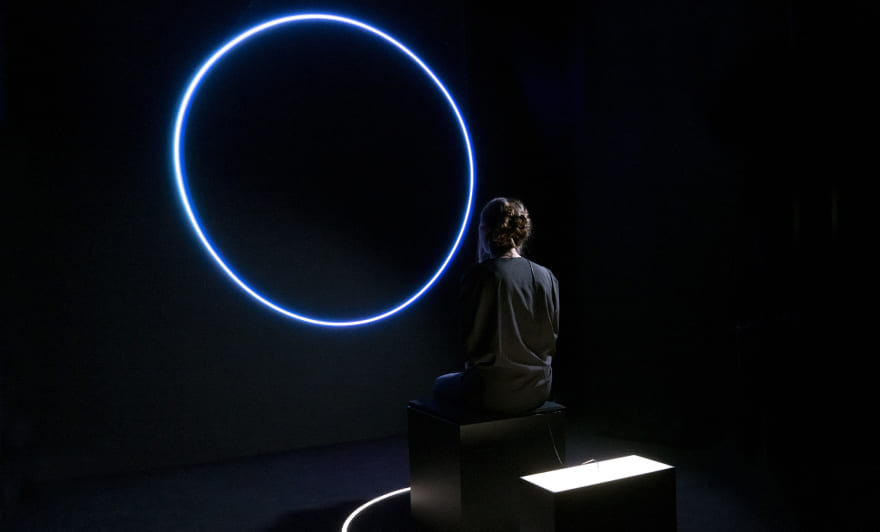
‘Did you ever meet anyone normal? Did you like it?’ A 1970s poster with these words is one of the many fascinating exhibits at the Museum of the Mind, which represents a breakthrough in humanising not just medical museums, but museums in general.
The creative and radical renewal of the Museum of the Mind in Haarlem comes at a key time for society, and for museums. Before 2020, the World Health Organisation predicted that, given the increasing pressures of modern life, mental illness will become an ever-larger challenge for global health. While we may be preoccupied with COVID (and possible future pandemics), this prediction remains true – compounded by COVID’s mental ill-health legacies, which are likely to be deep and lasting.
There hasn’t been an equivalent global mobilisation of science and institutions to address issues of mental health, resulting in a lack of investment. This in turn is due to denial and stigmatisation of mental illness, and to the fact that mental illness does not admit of relatively simple treatment like vaccines. The message of The Museum of the Mind is that museums can go beyond mental health programmes for small groups and contribute much more. They can help create a healthier society, through embodying a humane, caring and respectful attitude to humanity in every aspect of their work. This is true for every museum, not just those with a health focus. The achievement of the Museum of the Mind is that it not only demonstrates the role of museums as preservers of what we wish to take with us to the future, but constructs visitors as curious, aesthetically alert, reflective, critical citizens, who can all contribute to creating a health-enhancing society.
By switching from the medical model of the mind and mental illness to a social model, the Museum of the Mind also offers a social model of museums. It emphasises the experience of people who are considered ‘different’ and takes the visitor on an ‘interactive voyage of discovery into your own mind and those of others’. Every aspect, from the displays to the café, from the architectural restoration to its programme of activities, demonstrates excellence and the museum’s role as a human-centred institution.
The visitor encounters key big questions: What is in your mind? Who are you? Who do you cherish? Who do you see? Who takes care of your Mind? Can you speak your mind? The exhibition concludes with the general question ‘Are you joining our mission by signing the declaration of the Open Mind?’.
The Museum of the Mind is an exceptionally humane, interactive, empowering, activist institution which sees the museum as a school of life. It does so within a building that carries a heavy past, with multiple layers of memory of illness, but also of great resilience. It is an incredibly valuable social museum project, to which one would willingly return regularly to find new answers – and new questions – about the human condition and to cultivate seeds of hope for a better future for self and society.
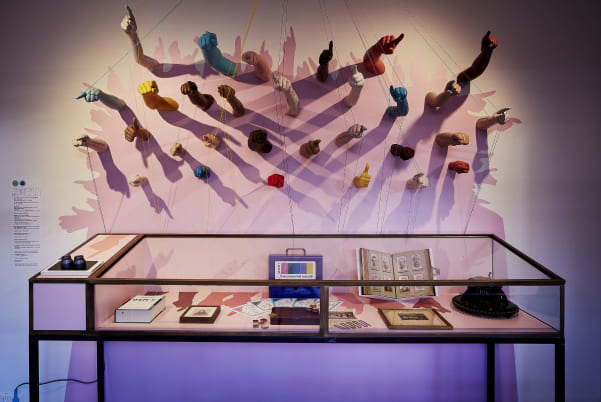
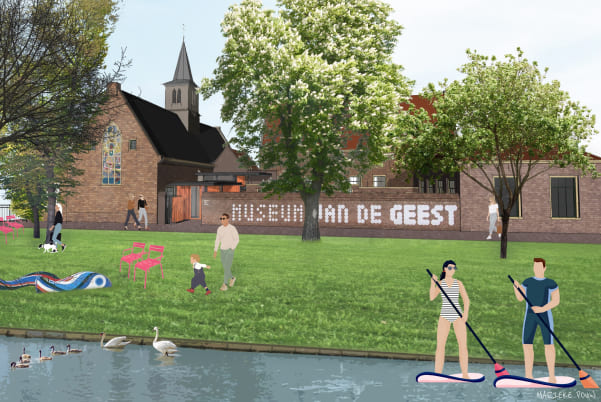
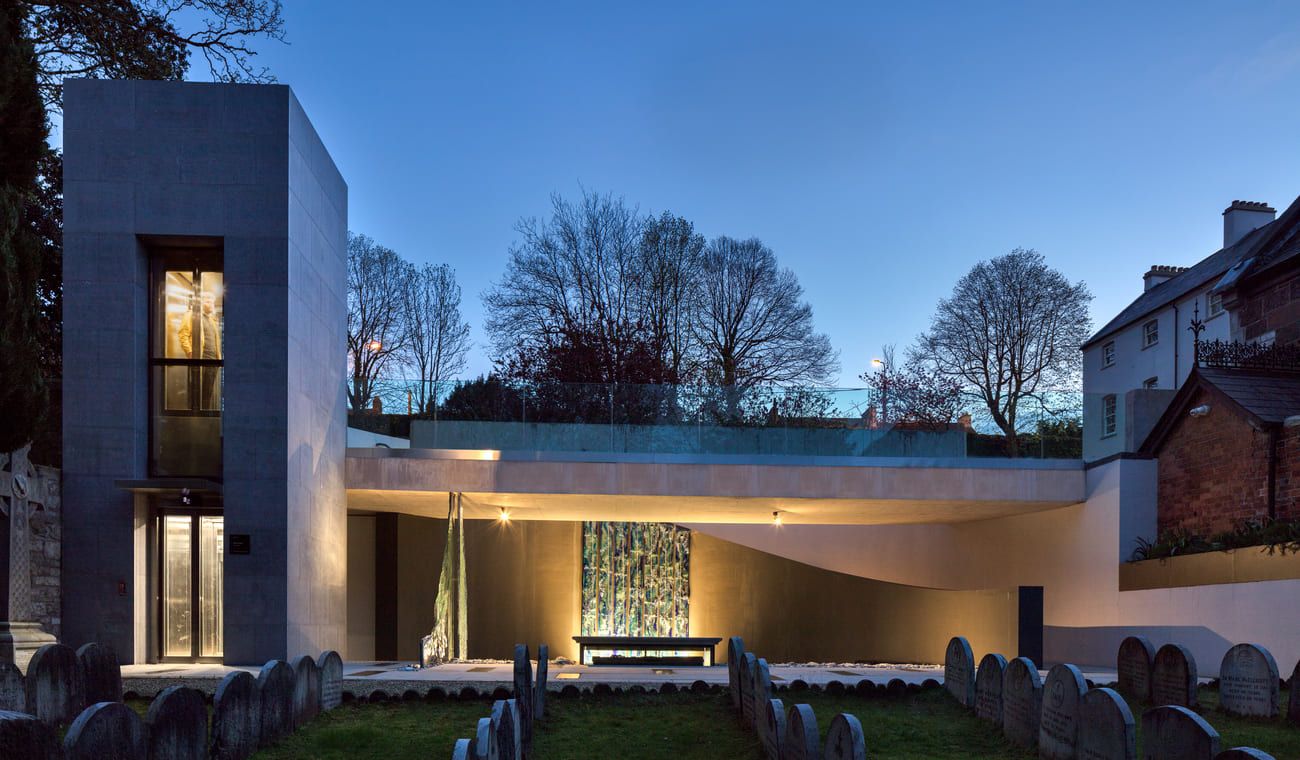
Nano Nagle Place is a site-specific museum which celebrates the educational and religious work of Honora “Nano” Nagle (1718 – 1784). She founded a school for the Catholic poor in Cork at a time when this was illegal due to the conquest of Ireland by England, which imposed the state religion and removed many civil rights from Catholics. She went on to found the Presentation Sisters, which still run schools in many parts of the world, and which provided the €24 million required for the project. The four 18th-century buildings which have been restored include one built under Nano Nagle’s supervision; and the original walls now enclose an urban garden, Nano Nagle’s tomb and the nuns’ graveyard. A 19thcentury Gothic Revival chapel was added later.
The museum tells the story of Nano Nagle’s life and work, as well as that of the life and work of the nuns. The charity which runs the museum continues the order’s educational and spiritual work, through the Cork Migrant Centre, providing services for asylum seekers and refugees, and the Lantern, which runs community education and development services, including groupwork for vulnerable men living alone, and for the local inner-city community in order to bring “her fight for equality and social justice to the twenty-first century Cork”. These are long term services, not projects, and are of exceptional quality. They are an expression of the spirit not just of welcome but of care which pervades every aspect of the museum – care for its community, care for the excluded, care for its traditions, care for the planet, and care for its visitors. Despite being rooted in the specific religious tradition of Roman Catholicism, with nuns still living on the site and offering spiritual activities as part of the museum’s programme, there was a strong sense of caring based on need, not on doctrine. It provides long-term, sustainable cultural and social services, directly connected to the core museum story of innovative education and care for the poor and excluded.
All the activities take responsibility for participants having an exit strategy, supporting them to take the next step in education or employment.
The Nano Nagle Place has been awarded the Council of Europe Museum Prize for the way that its explicit and active ‘inclusive policy’ aims at ‘bridging cultures, overcoming social and political borders’ and particularly at ‘providing links between historic and contemporary issues’. The current engagement work of the museum is not a revival, but a direct continuation of the original impulses of care for the excluded which led to the founding of the school and convent more than 250 years ago. It celebrates one strand in the European history of the emergence of the concept of human rights, based in the Judeo- Christian belief that all humans have souls which are of equal value, irrespective of their social or economic status. The commitment to hospitality towards the ‘other’ pervades the museum, which asks visitors explicitly: ‘What do you choose to do?’
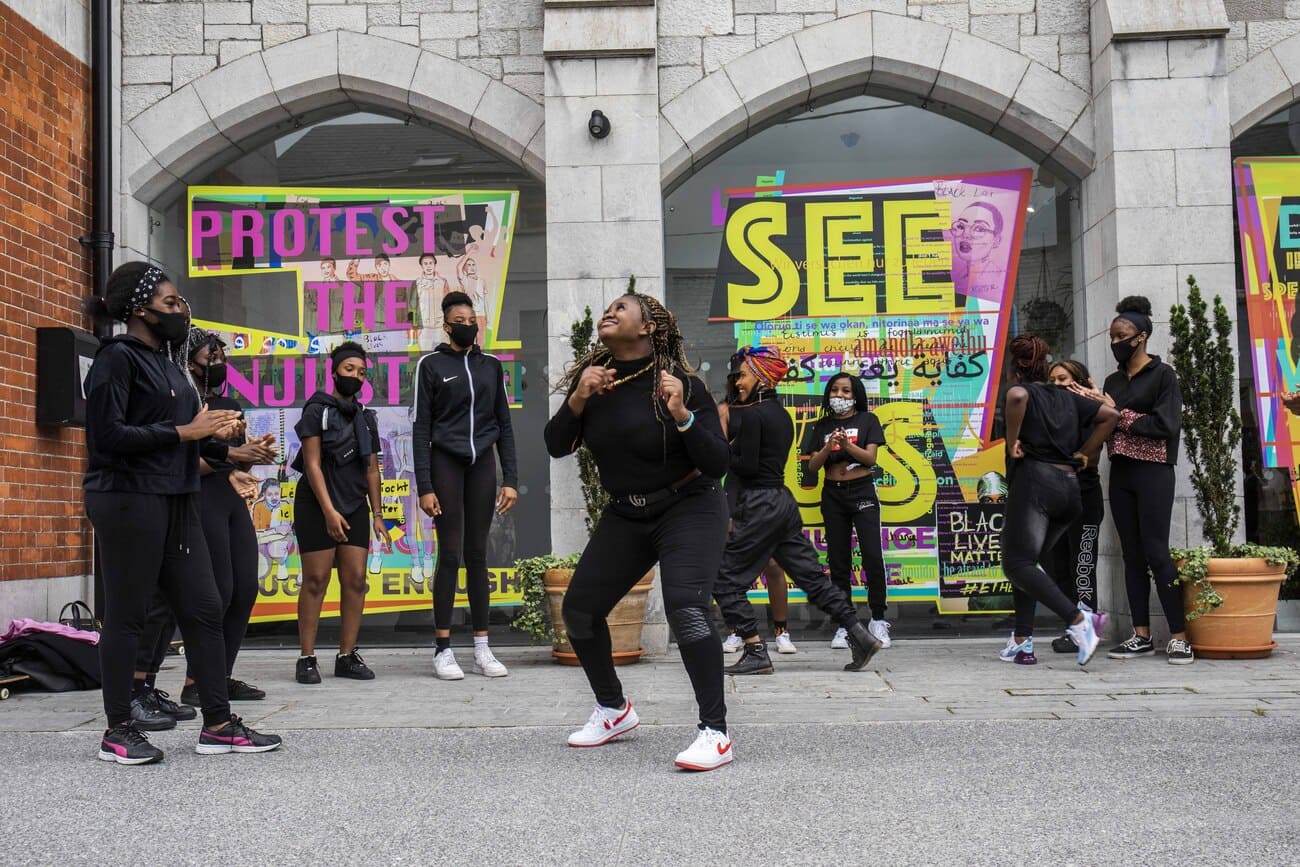
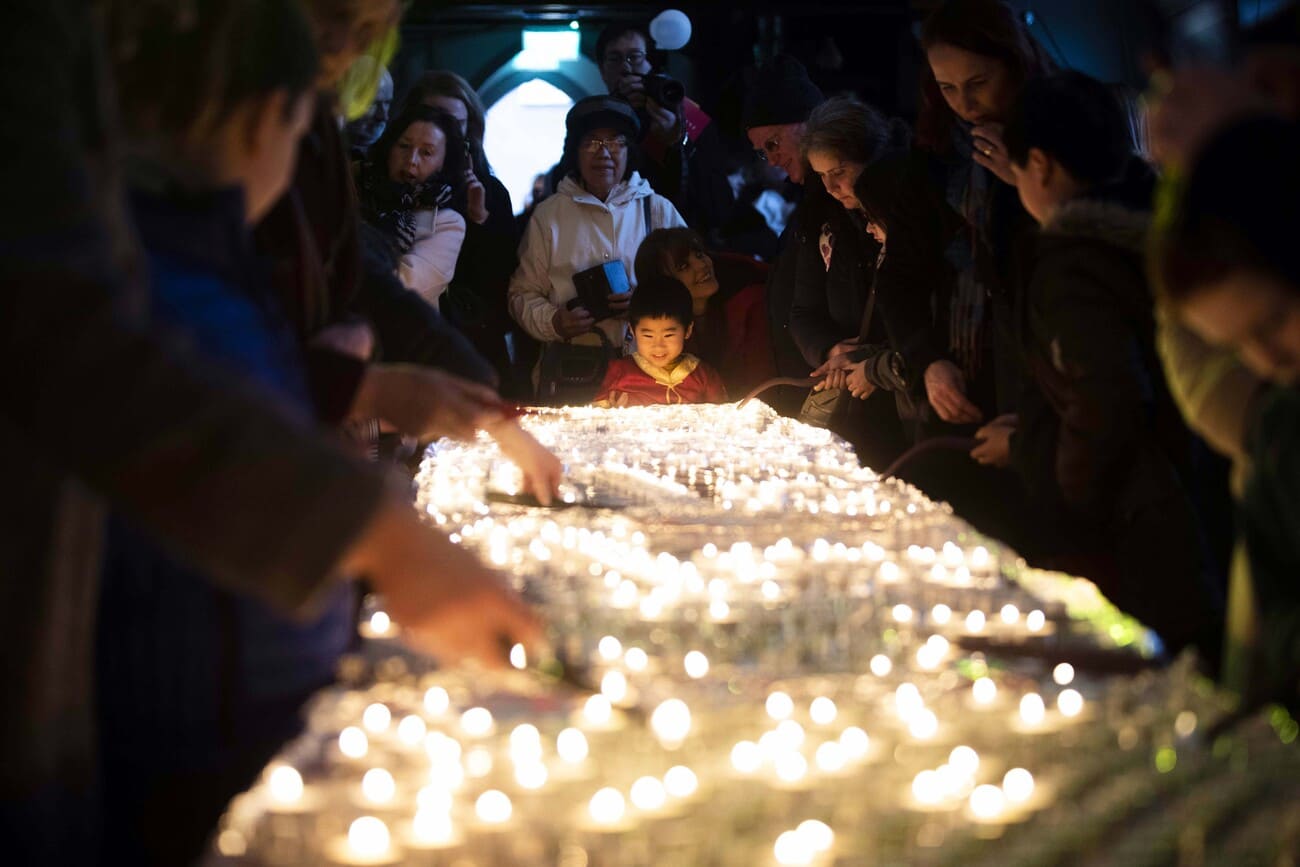
 THE KENNETH HUDSON AWARD FOR INSTITUTIONAL COURAGE AND PROFESSIONAL INTEGRITY 2022
THE KENNETH HUDSON AWARD FOR INSTITUTIONAL COURAGE AND PROFESSIONAL INTEGRITY 2022
Coloniality and decolonization, restitution, reparation and repatriation were core issues shaping the public discourse around museums in 2021. Mere tips of the icebergs of colonial and imperialist power, museum collections are nonetheless significant, on both sides of the colonial divides, as highly visible and tangible commemorations of an epoch of European glory and global dominance.
The Kenneth Hudson Award 2022 is given jointly to four individuals, who as scholars and as museum directors actively contribute towards developing a new, global ethics for museums. With a good deal of personal courage, they have welcomed these highly contested and politicized questions and embedded them solidly in their museum practices, giving space for and voice to points of view that have been continuously and systematically denied. The European Museum Forum is of course aware that behind, beside and with these four individuals stand a multitude of others, not least in other continents and in the diasporic communities in Europe, but also in other European museums. So let the bestowal of this Kenneth Hudson Award be symbolic and emblematic.
As Director of Content for the Dutch National Museum of World Cultures and Founding Director of the Research Centre for Material Culture, National Museum of World Cultures, Wayne Modest is a globally leading voice in exploring, always with exquisite subtlety, the complexity of colonial entanglement in museums, in initiating multifaceted dialogues and multilayered analyses, and in developing paradigms of decolonization as positive, re-vitalizing and re-energizing concepts and processes, which can, potentially, drive alternative futures for museum policies and epistemologies and change the shape of museum research, museum collections and their care.
With the exhibition RESIST! The art of resistance, in 2021, the Rautenstrauch-Joest-Museum, under Director Nanette Snoep, placed the issue of the battle for recognition of colonial wars and trauma as well as for restitution, reparation and justice within a historic context. RESIST! was rooted in co-authorship and cocuratorship with artists, scholars and activists from the Global South as well as from the diaspora, and created a polyphonic platform for solidarity, critical discussions and dialogue. The active and lasting networks thus built with different communities and stakeholders will have a crucial influence in the reinvention of the so-called ethnographic museum.
The Pitt Rivers Museum, under Director Laura van Broekhoven, continued its brave and transparent institutional self-reflection in 2021. This takes place within traditional academic research and publications, as well as in series of projects and events where people with a primary relationship and claim to particular collections can encounter these objects in the museum, to liberate them from the oppressive metalanguage, through which they have been collected, classified, and narrated. Systematically questioning and de-legitimizing the supremacist history of ethnographic collecting, the museum facilitates, generates and conveys alternative interpretative models and frameworks.
In 2021 the State Ethnographic Collections of Saxony, under Director Léontine Meijer-van Mensch, hosted a dramatic, high-visibility poster campaign on the streets of Dresden by Nigerian artist Emeka Ogboh, ‘Missing in Benin’. New galleries in the Grassi Museum Leipzig give central space to restitution, to encounters between objects and communities, countering the alienation and stasis which objects suffer in the museum context, when stripped of specific life stories, individual identity and autonomy. Bringing these questions into the open, into the public sphere, into the streets, the museum implicates and involves the residents, the Saxony public, everyone. The issues of colonialism, of power and privilege, implicate us all.
 THE SILLETTO PRIZE FOR COMMUNITY PARTICIPATION AND ENGAGEMENT 2022
THE SILLETTO PRIZE FOR COMMUNITY PARTICIPATION AND ENGAGEMENT 2022
Inca, SPAIN
Museum of Footwear and Industry
 VISIT WEBSITE
VISIT WEBSITE
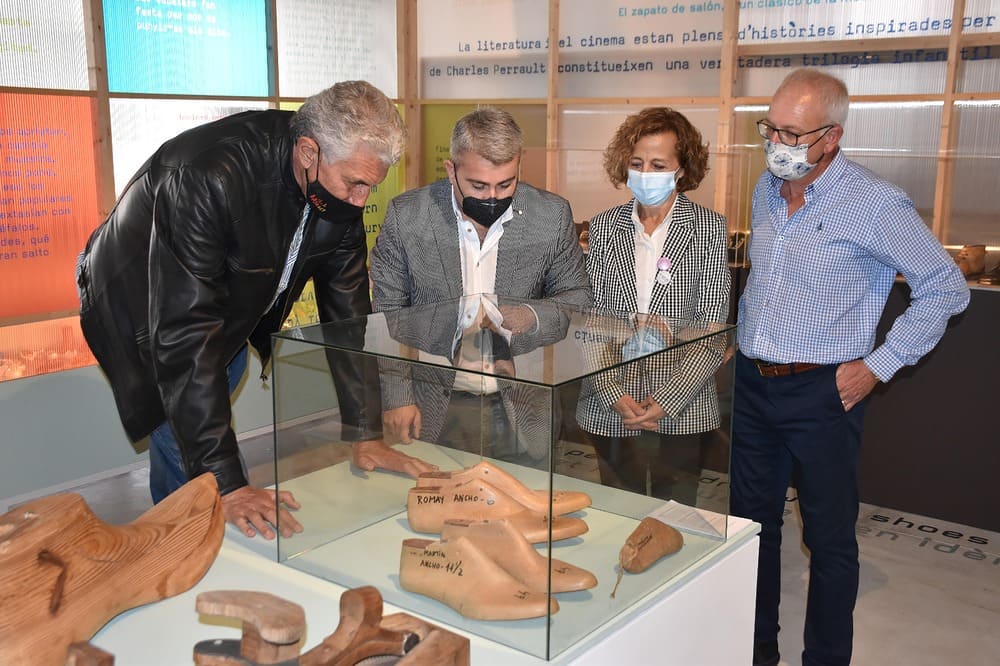
This is a museum with little or no money but loads of heart and energy. The Museum of Footwear and Industry is the leading industrial museum in the Balearic Islands. It is a community museum that focuses on the history and manufacturing of footwear and its ancillary industries, from the 13th century to the present day. All the items in the collection have been donated or given on loan by local companies or individuals. The museum hosts temporary exhibitions related to its theme and has a large permanent exhibition showcasing traditional manufacturing tools, machines from old factories in the area, a collection of vintage shoes, photographs, designs, magazines, advertising material and many art objects. It also houses a ‘Cabinet of Wonders’ displaying curious and fascinating pieces related to the world of footwear.
This is a museum that was all about machines and is now all about people – local people, local makers and their pride as skilled workers in an industry now largely gone, who are now deeply involved in this museum as their own. This is a museum that changed its story and therefore its future.
Under a new director and with local municipal support, the museum turned a failing institution around. It did this through a process of deep and meaningful local consultation (more than 1000 local respondents), partnerships with local industry and a deep commitment to ‘peopling the museum’. The museum listened, and with a tiny budget commissioned a complete re-display with a new focus on the people behind the machines, and on involving local people on an ongoing basis. The changes resulted in a comprehensive renovation that was delivered in several phases until the final improvement in 2021.
In the galleries, the complex machines may be silent, but the voices are not – and the museum has made every effort, with limited resources, to include profiles of many local individuals (former shoemakers) and their stories. These include stories of women pieceworkers, many of whom worked from home, initially working by hand, but later, on one machine, assembling a part of the complex process of building a shoe, before passing it on to the next household where a woman contributed with another element. Eventually, after long struggles for women in this traditional society, the work became unionized.
A large focus of the museum today is intergenerational working, passing the knowledge and skills on to younger generations to inspire, teach and encourage a revival of artisanal shoemaking, for which there is a market among the many tourists coming to Mallorca. Lack of funds required clever solutions, such as partnering with the local Carpentry School, for the apprentices to make wooden stands for the heavy machines – so that they can be moved as displays are refreshed or renewed. The museum now runs a traineeship workshop programme, partnering young people with older skilled leather workers and shoemakers. Today, there is a growing volunteer programme with locals (many former shoemakers) acting as ‘footwear advisers’, as guides, co-curators, history researchers and cataloguers.
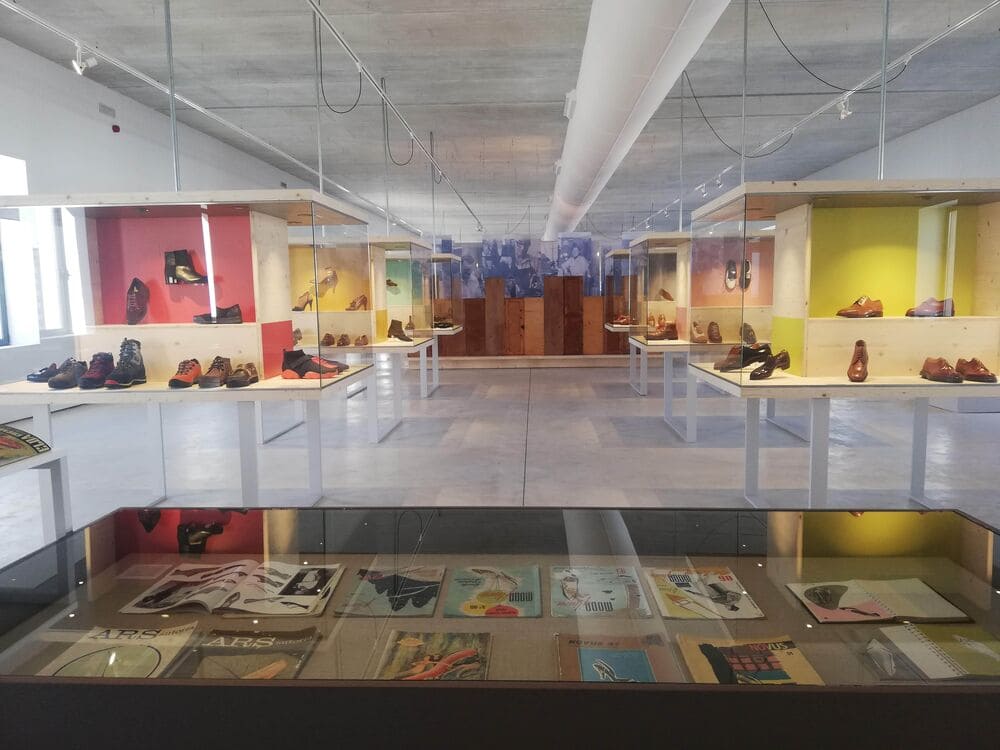
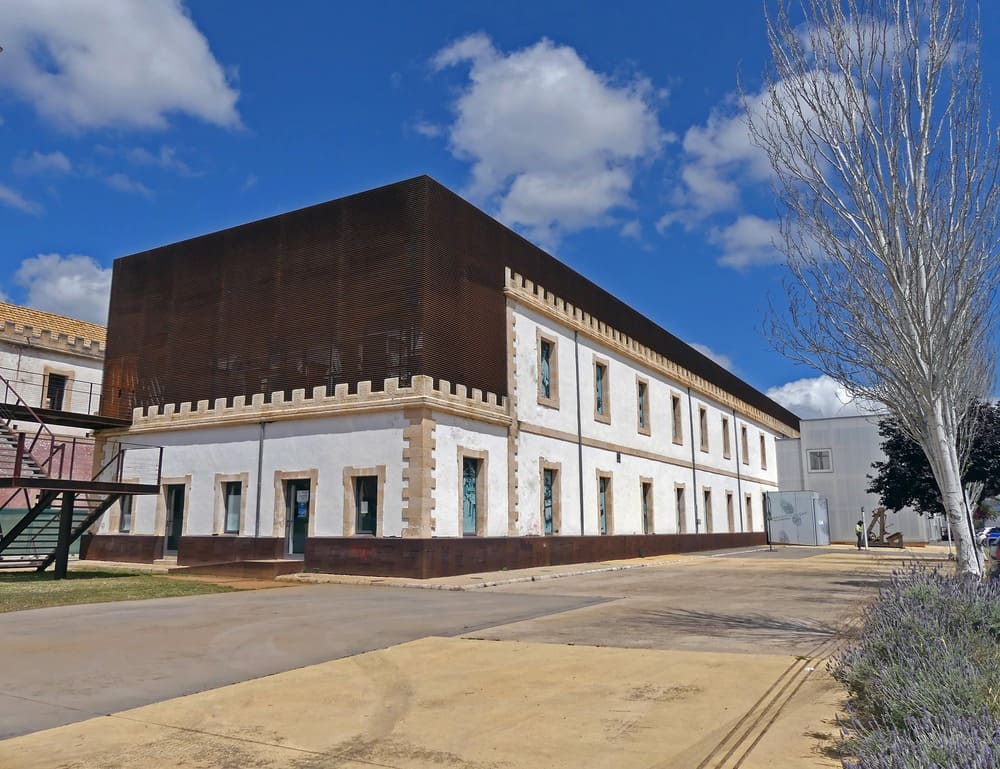
 THE PORTIMÃO MUSEUM PRIZE FOR WELCOMING, INCLUSION AND BELONGING 2022
THE PORTIMÃO MUSEUM PRIZE FOR WELCOMING, INCLUSION AND BELONGING 2022
Bergen, NORWAY
The University Museum of Bergen – Natural History
 VISIT WEBSITE
VISIT WEBSITE
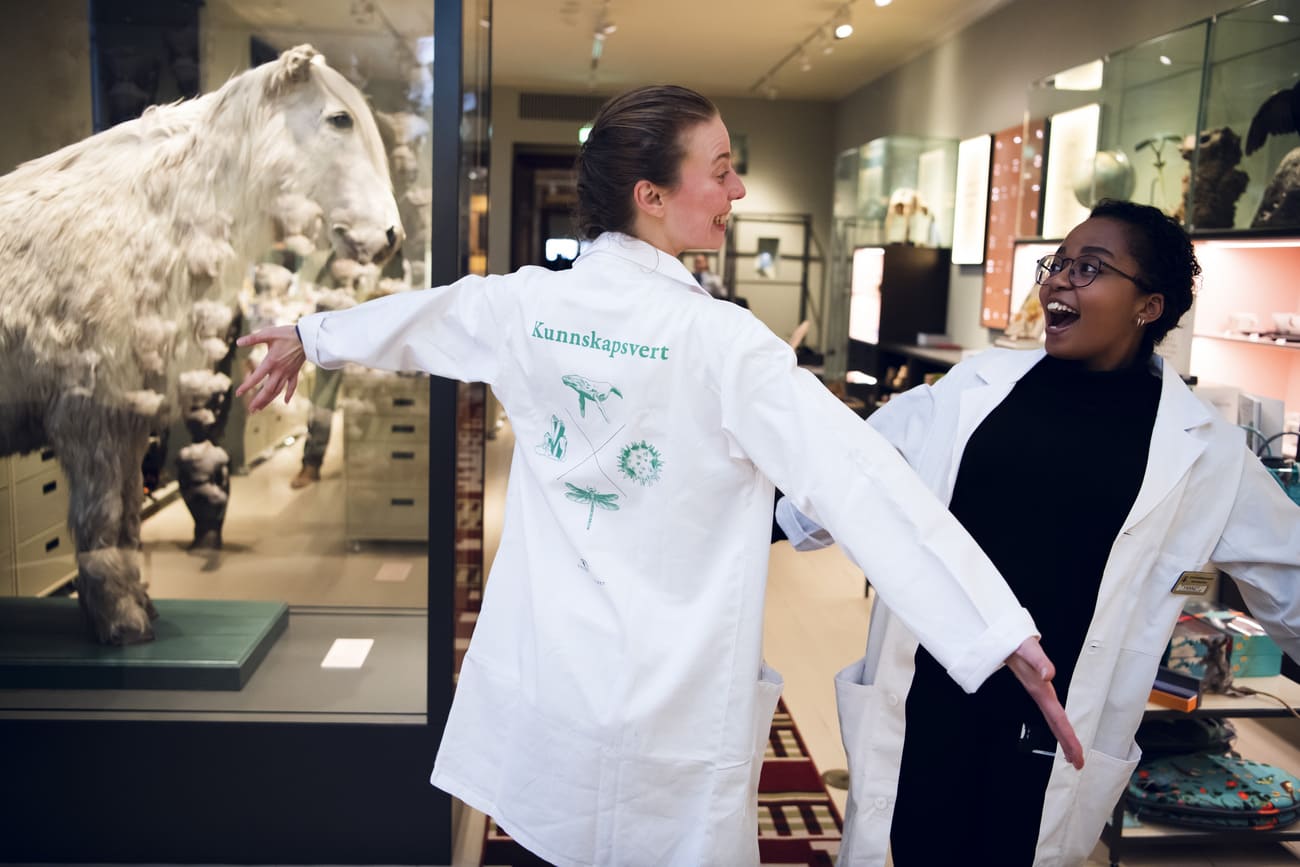
The Bergen University Museum – Natural History has reopened in October 2019 after a full renovation that showed great respect for the atmosphere of the oldest museum building in Norway, dating back to 1865 and protected by the Norwegian Government. It treats the building with subtlety, keeping the original wooden floors, the original windows and even the irregular glass of the historical showcases. Daylight is dominant, with some excellent complementary lighting, while a black box is used to present the ecology of the deep sea. The exceptionally good renovation programme has helped to resolve the difficult challenge of balancing the needs of a protected building and those of exhibitions dealing with contemporary topics stemming from some of the recent research conducted by Bergen University.
This museum does not only present the results of research but engages the public in questions about how they are achieved and how knowledge is produced. The exhibition combines innovative, openminded presentations which deliver a high-level scientific message. It shows how artefacts which serve to build science can constantly lead to new interpretations. Envisioned as a platform for dialogue and discussion with the public, the intellectual framework of the museum is supported by a deep reflection on what the new missions and visions of a university museum should be. The ‘Introductory Cabinet’, next to the entrance of the museum, free of charge and connecting with the café, presents some of the most open-minded and daring proposals, discussing, for instance, the supposed link between women’s level of education and fertility, which was apparently a serious concern in the 19th century. The so-called ‘Arena for research and science communication’ in the middle of the building provides an opportunity to see research-based exhibitions, produced by the faculties of the University of Bergen. For example, ‘Machine vision’ proved to be a brilliant demonstration of the ethical challenges related to face-recognition technology.
Located at the heart of the campus, a short distance from the center of the city of Bergen, this museum has become a strong brand for the University of Bergen, for which it has become an extension of its faculty. With its first-class exhibitions, an organic café, a garden open to the local community, and its shop aligned with its overall mission, with its meaningful events and activities and its welcoming feeling, the museum fulfills brilliantly its social function of entertainment and recreation. But it does far better: defining itself as at the intersection of research, collections and communication, it fosters critical analysis and places dialogue as its framework for the public discourse. This museum demonstrates that a university can benefit from its museum, helping it to serve society by forging knowledge with the participation of the public. The museum aims to have all fields represented, while maintaining and highlighting their intrinsic connections within, and to find an equal balance between science, research, conservation, management of the collection, cultural communication, and the dissemination of knowledge, while being most welcoming and engaging with its wide audiences.
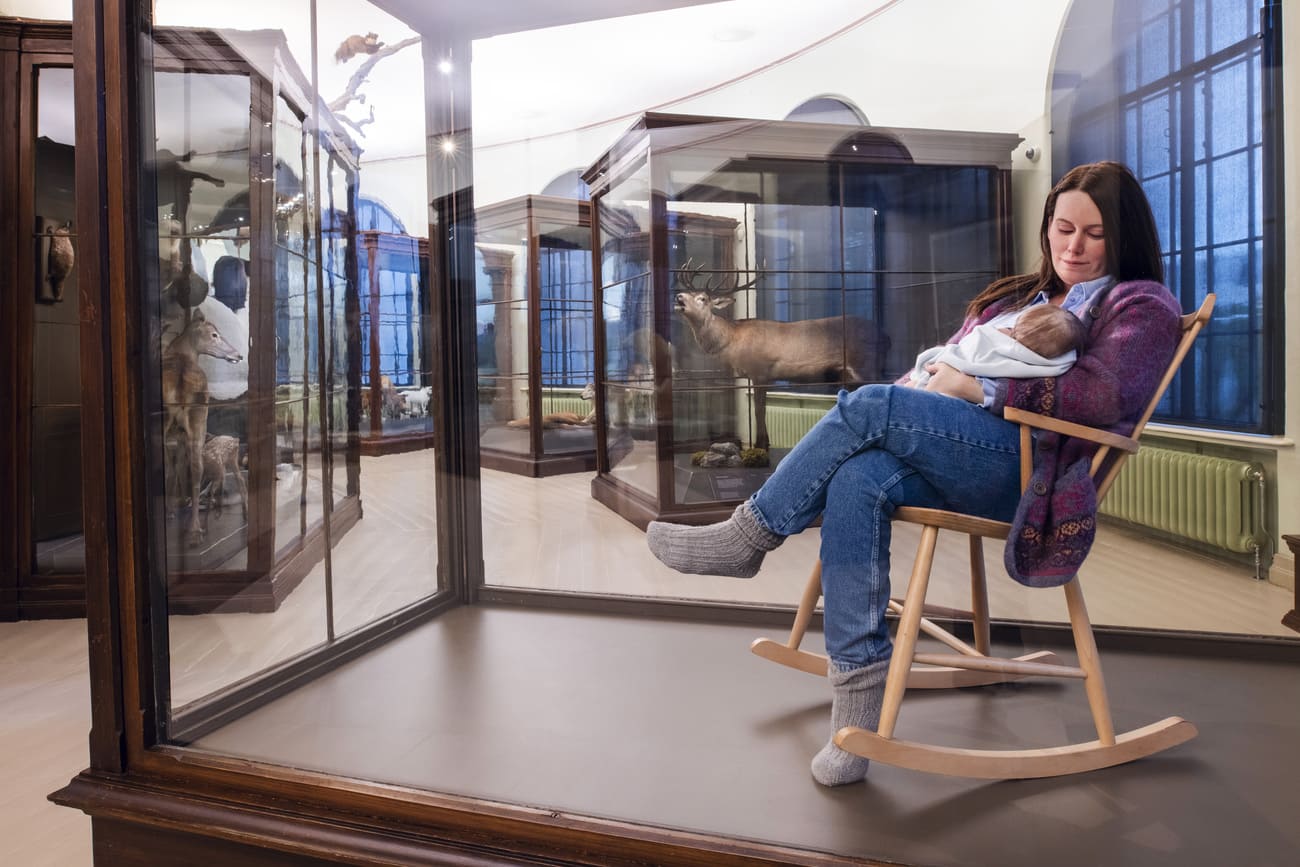
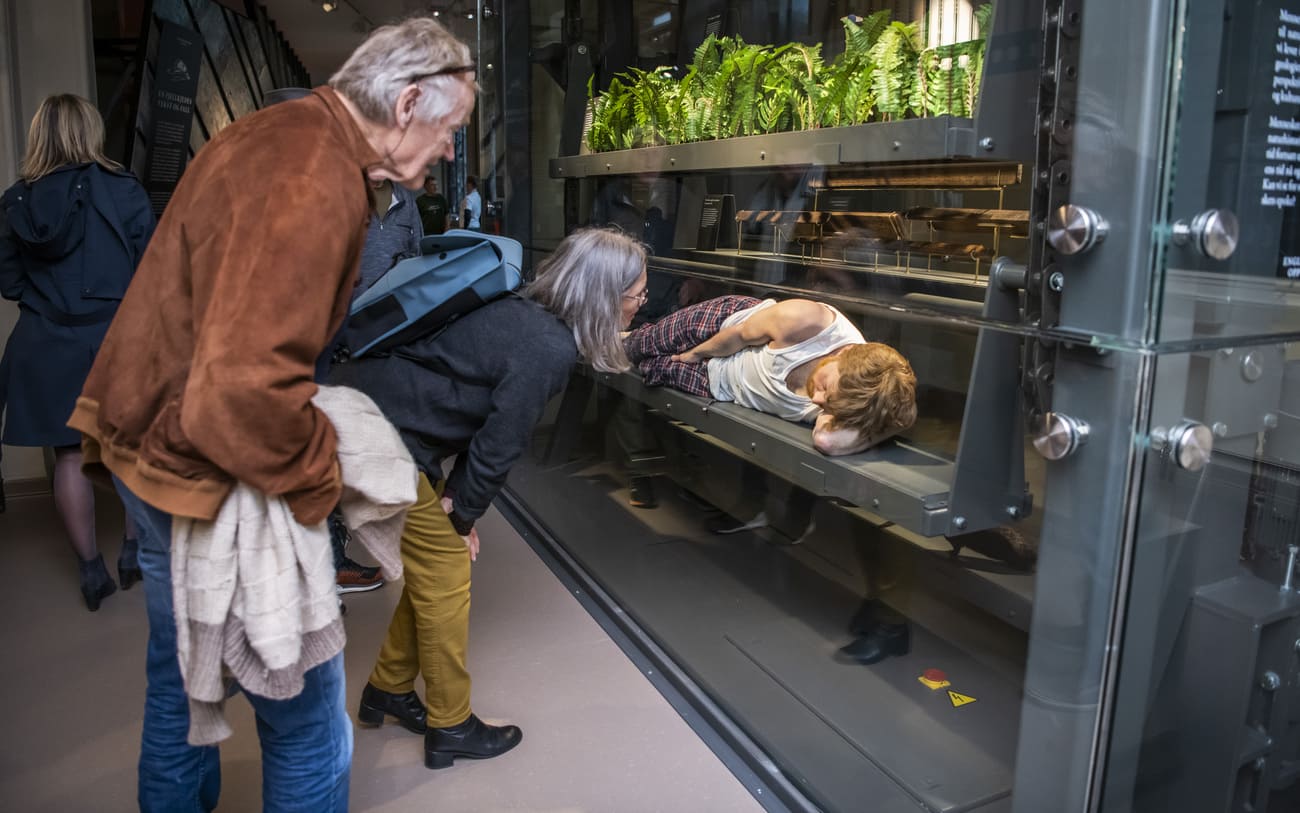
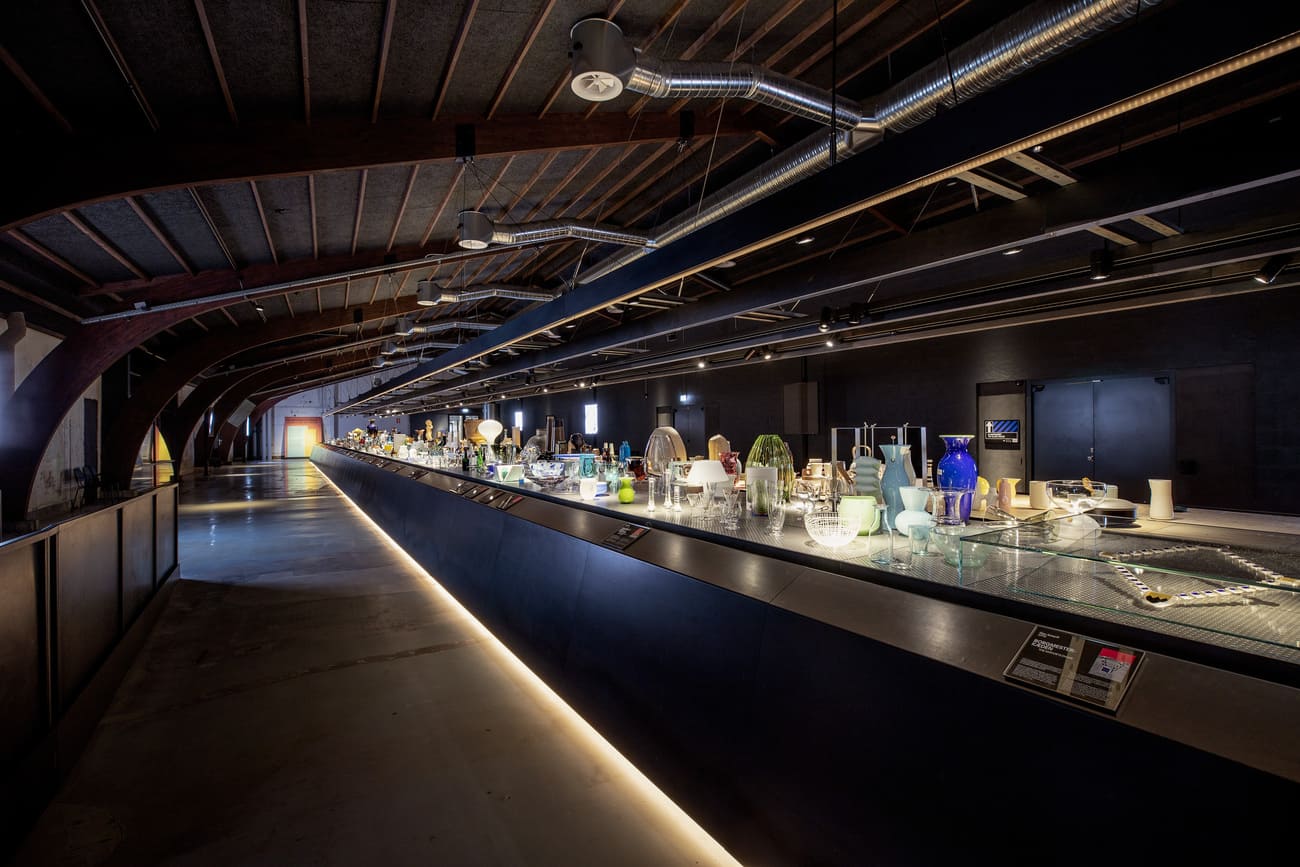
As well as becoming an important destination for Scandinavian glass and porcelain design, Holmegaard Værk’s main mission is to be a centre for creativity and to serve its community of artists and artisans. From the very beginning, the museum has engaged with the local community, especially the former employees of the factory, who contributed with information and stories about the active years of the site and provided the necessary expertise in order to develop the exhibition project. Many continue to support the museum as volunteers, aiding in their various capacities –– as experts and keepers of knowledge, greeting visitors at the reception and information area, as assistants in the souvenir shop, or cataloguing Holmegaard’s extensive collections.
Holmegaard Værk not only presents the history of the distinctive glass and porcelain craftsmanship, but they continue this legacy too. The museum employs some of the local glassmakers whose work could be seen in the workshop area of the old factory site. They collaborate with visiting artists and designers to bring new ideas into life. Visitors too are invited to experience glassmaking and ceramics through handson workshops and classes held regularly at the museum’s studios.
The museum’s exhibitions are thought-provoking in the way that they speak to the audience. From acoustic and multimedia installations that highlight the work of the former factory, to a comprehensive and easy-to-use online audio-guide, to temporary exhibitions that add to our understanding of creative traditions and legacy of this place, to projects that deal with the local environment.
One the most important of the museum’s achievements in terms of sustainability is the preservation of the factory site itself. As part of the development project, the factory facilities were fully restored and repurposed.
Some of the rooms were preserved to maintain the state in which the factory was at the time of its closure. These galleries contain the old industrial machinery and instruments, with melted glass still present in some. Other factory spaces were adapted to serve for the permanent collection display and temporary exhibitions. During the project, some 300 tonnes of garbage, including poisonous materials, were removed from the premises in order to make it safe for visitation. The building structures have been carefully preserved and new materials then thoughtfully selected.
Being at the forefront of innovation and as part of its eco-conscious programme, the museum is currently developing a system of carbon-neutral glass production through the use of renewable energy, which should be implemented in the coming years. Holmegaard Værk sees its immediate environment as an important asset too. The ecology of the Holmegaard bog, which in the old days was used to provide peat for the factory furnaces, is one of the focuses for the museum’s exhibition, public programs and exploration walks, organized by the museum’s volunteers.
The museum is invested in ensuring the continuity and sustainability of the glass and ceramic production. It works closely with its community, and is fast becoming a vibrant centre for creative and sustainable culture and art.
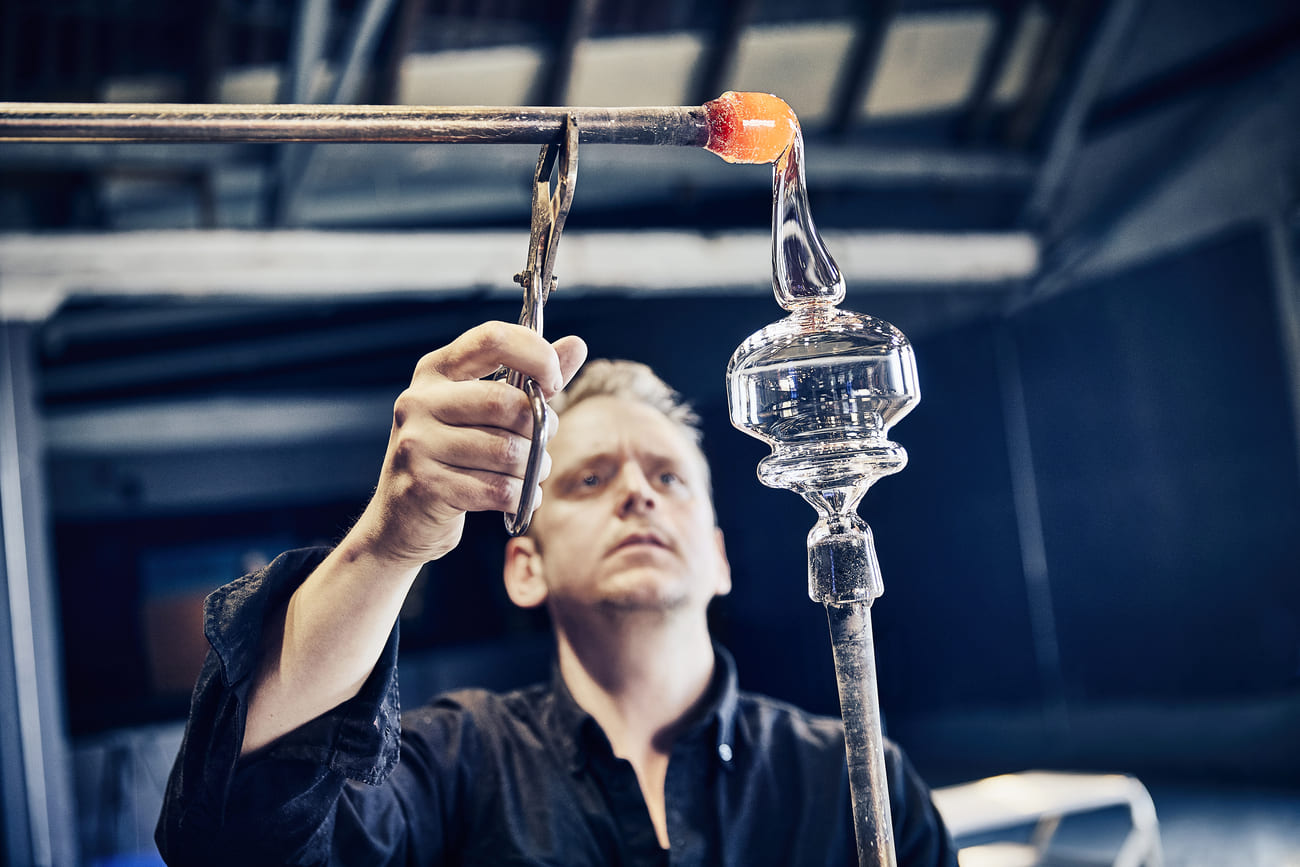
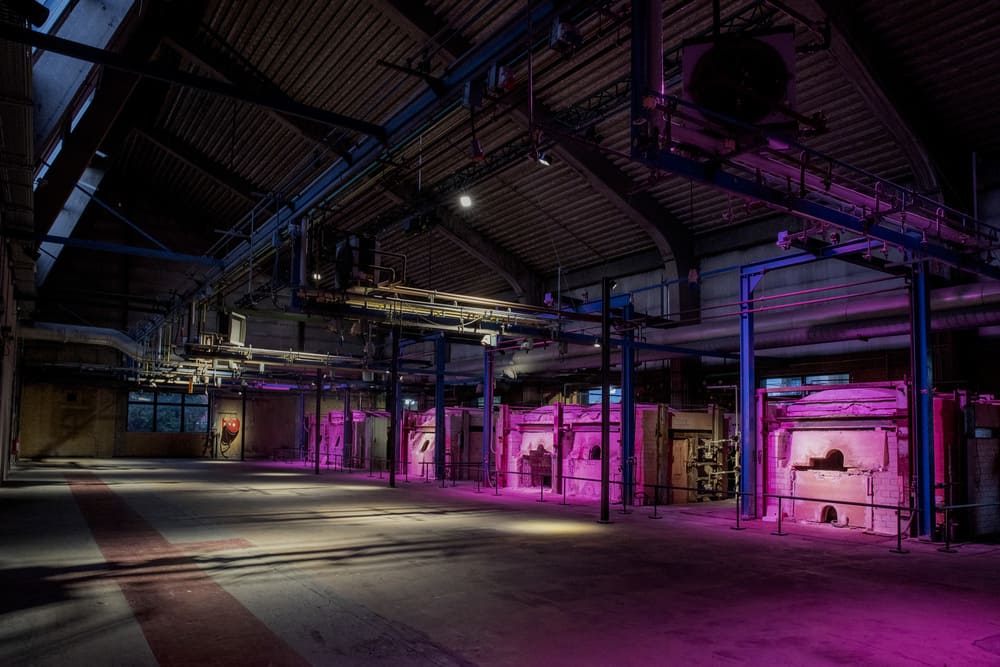
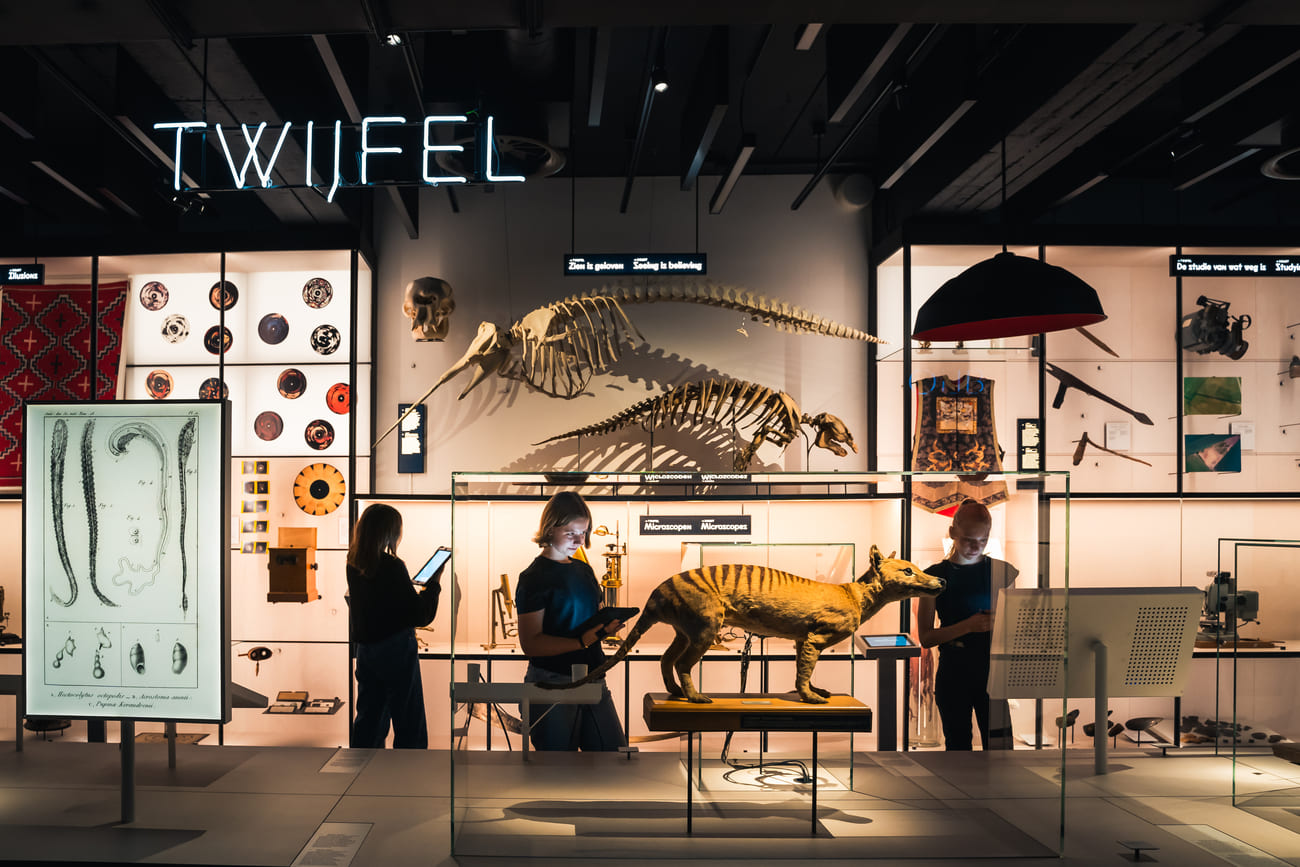
Ghent University Museum (GUM) is a new university science museum located at the heart of the Ghent Botanical Gardens and is perfectly integrated into the University, not only in the building but also in its educational goals and proposals. This close connection supporting and serving the educational, scientific and cultural functions of the university institution is an asset to the scientific community and also to its users and visitors who can discover a highly valuable and exceptional collection covering many disciplines, from biology to ethnography, from medicine to psychology, from archaeology to zoology and beyond.
GUM is an excellent example of how a museum can engage audiences in scientific themes, promoting a pleasant and motivating atmosphere to all visitors, demystifying the complexity of science topics in an innovative playful approach, telling a very human story in a very humane way. This is a place where different voices and ideas meet, inspiring visitors through the unexpected plurality of meanings and interactions presented in the different themes and the way they are displayed. Instead of proclaiming one truth, the museum invites and embraces a multitude of perspectives, allowing a dynamic discourse in narratives dealing with very topical issues.
Visitors do not just learn about great geniuses or inventions. They also discover that science is the result of failing, and of overcoming obstacles. During the visit, we are guided through seven themes (presented in four different languages): Chaos, Doubt, Model, Measurement, Imagination, Knowledge, and Network. By juxtaposing within each theme objects that are unrelated at first glance, GUM creates elements of surprise. Visitors feel challenged to connect the dots, reflecting on and actively engaging with the subject. In a captivating way GUM follows the Ghent University’s motto: “Dare to Think”, effectively becoming a forum for science, doubt and art.
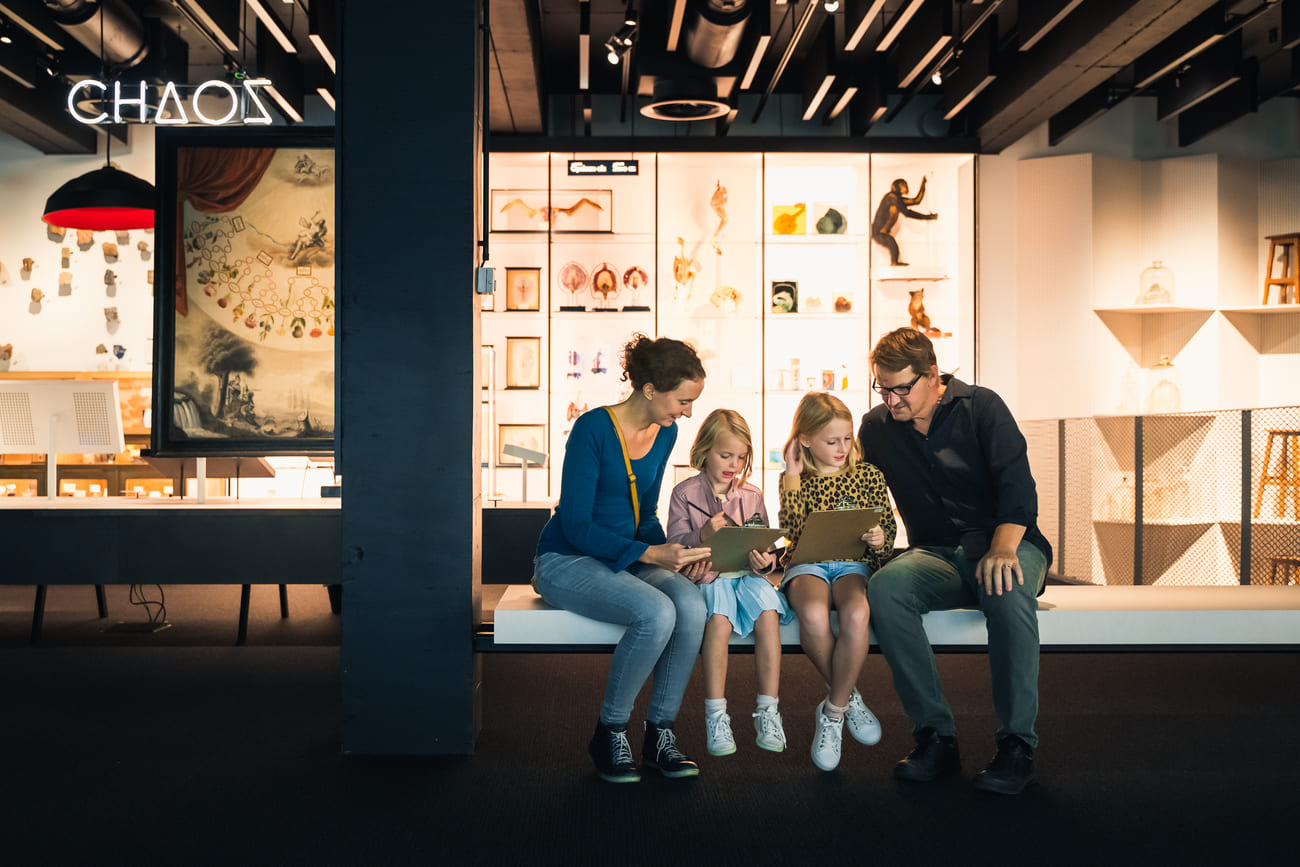

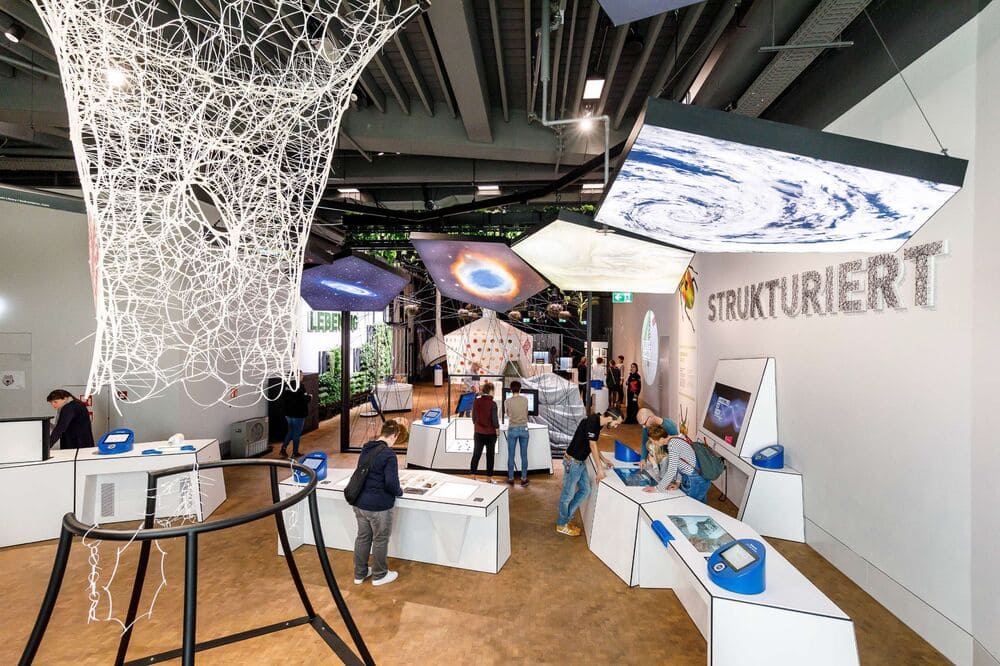
experimenta is the largest science centre in Germany, located on the bank of river Neckar, in a green and peaceful area of Heilbronn. Its entire complex, consisting of two buildings, a newly built and impressively designed pentagonal main building, and a restored oil-seed storehouse transformed into the Maker’s Space, became the city’s new landmark. The former structure hosts the museum’s permanent exhibition, science dome with a planetarium, rooftop observatory, and several creative studios and laboratories. The latter serves as an educational space for young inventors to conduct experiments and interact with each other. The museum is open and welcoming to people of all ages and backgrounds, as it seeks to become a forum for awakening interest in science. experimenta’s permanent exhibition, divided into four themed zones, spreads across four floors and a space of almost 4,000 square meters. It invites visitors to explore and discover through the use of all of their senses, as they carry out experiments at 275 interactive exhibits tackling a wide range of areas, such as science, humanities, social entrepreneurship, and environmental sustainability. The exhibition encourages visitors to seek answers at their own pace and in line with their interests and capabilities, allowing for stimulation of each visitor’s intrinsic motivation to acquire knowledge.
Additional space is provided for temporary exhibitions. In four creative studios, visitors can discover their talents in several hands-on workshops on media and engineering. experimenta also has a wide variety of laboratories offering programs for groups and individuals of all ages.
The innovative and human-centred approach to learning, seeking to meet the needs of a fast-paced and increasingly digitised contemporary society, represents an excellent example of a complete paradigm shift from the conventional to a new interactive, accessible, and fun way of learning. Innovation, interaction, and promotion of a humanist worldview are at the core of the museum’s work
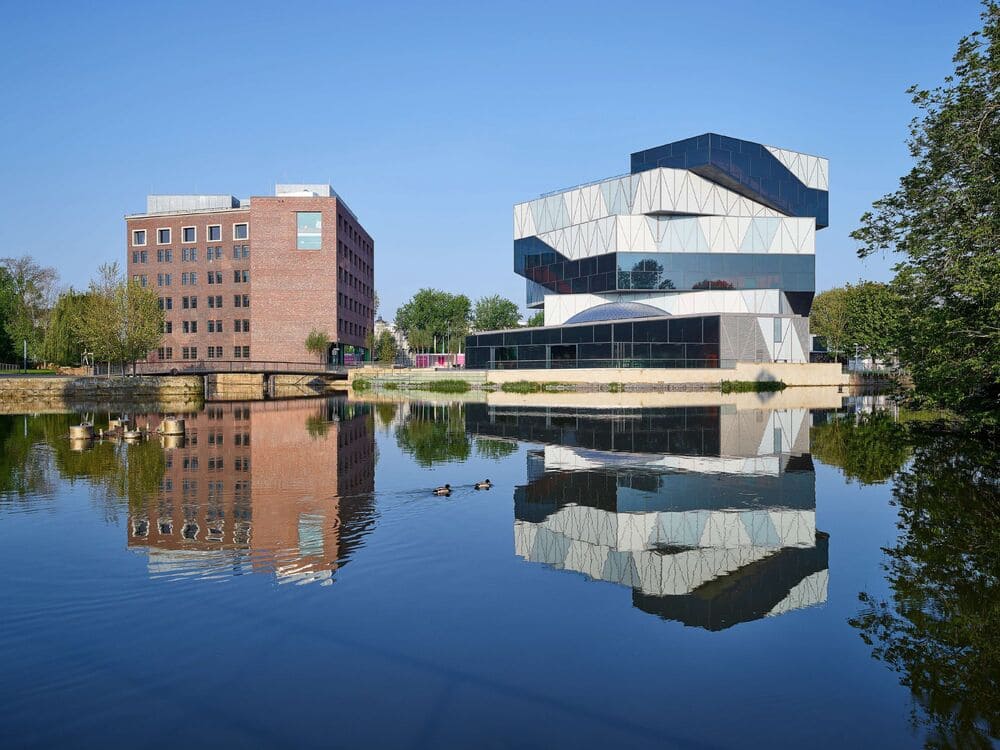
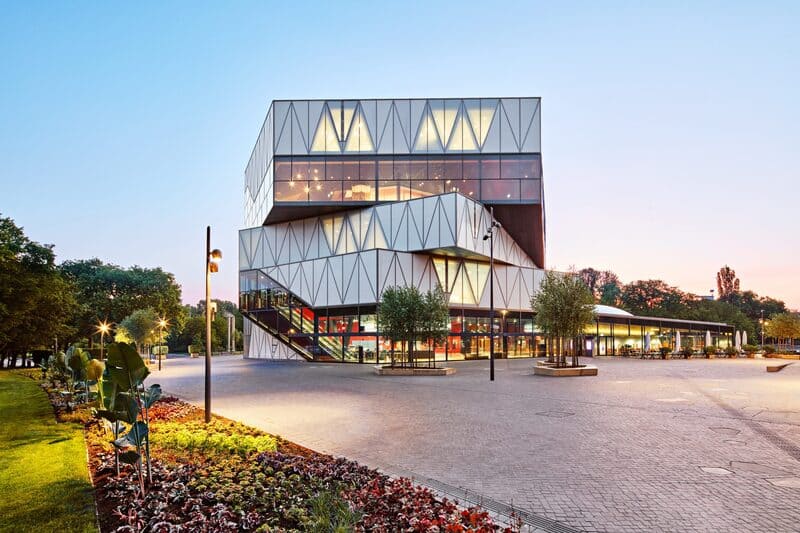
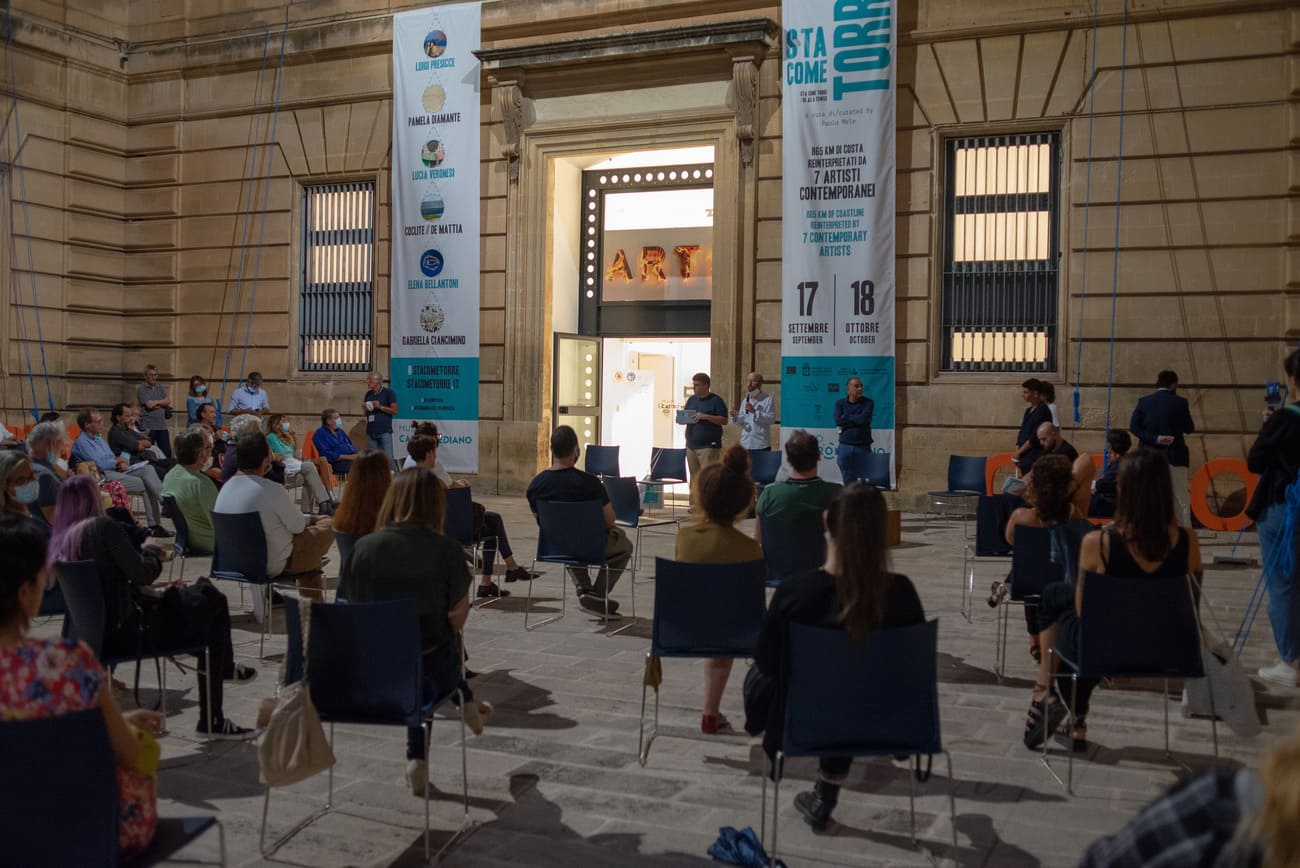
The Sigismondo Castromediano Museum is located in Lecce, the cultural fulcrum of Salento, a territory rich in history within the Apulia region in the South of Italy. Sigismondo Castromediano, an intellectual and aristocrat who donated his impressive archaeological collection to the local authorities for the benefit of the local population, established it in 1868.
The Museum is housed in a 19th-century building that was extensively renovated at the end of the 1970s, following the design of the famous Italian architect Franco Minissi. The re-design improved accessibility and fluidity of the space and created new multifunctional social areas within the Museum’s premises.
Inspired and guided by the ideas of fluidity and continuity in the archaeological narrative’s development, the new permanent exhibition was inaugurated in 2019. The exhibition narrates the history of Salento from prehistory to the beginning of the 20th century through five itineraries (the Seascape, the Landscape, the Sacred, the Living, and the Dead), which the visitors are invited to visit in the order they prefer.
By tapping into contemporary issues such as migration and climate change, the Museum regularly produces and hosts temporary exhibitions, both indoors and outdoors, organizes lectures, panels, artbased and educational activities for a very diverse audience. In addition, by offering its robust expertise and well-equipped restoration laboratory, it proactively engages in preserving, restoring, and conserving historical sites and cultural heritage in the entire region.
The driving idea behind the work of the Castromediano Museum is that of promoting museums as welcoming and lively places of discovery for visitors of all ages and backgrounds. Accessibility, involvement, and community empowerment are the pillars of the Museum’s activities and are thus the guiding principles of all its projects.
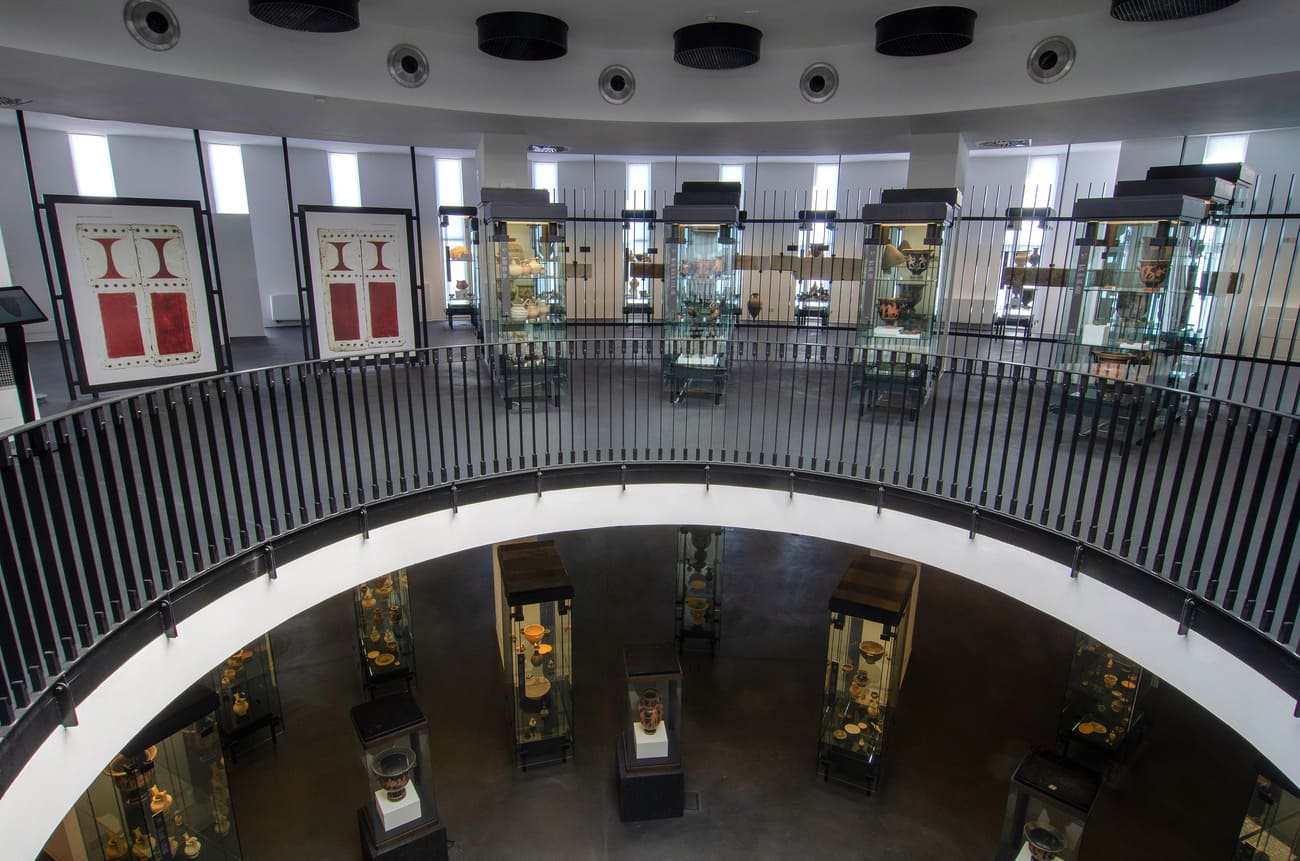
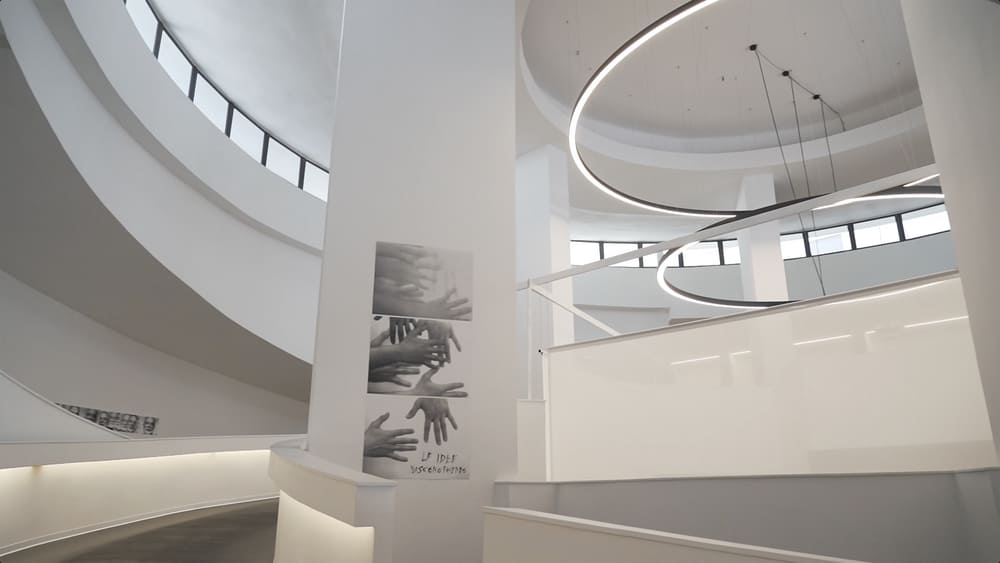
 Special Commendation 2022
Special Commendation 2022
Toruń, POLAND
Nicolaus Copernicus House – Department of the District Museum in Toruń
 VISIT WEBSITE
VISIT WEBSITE
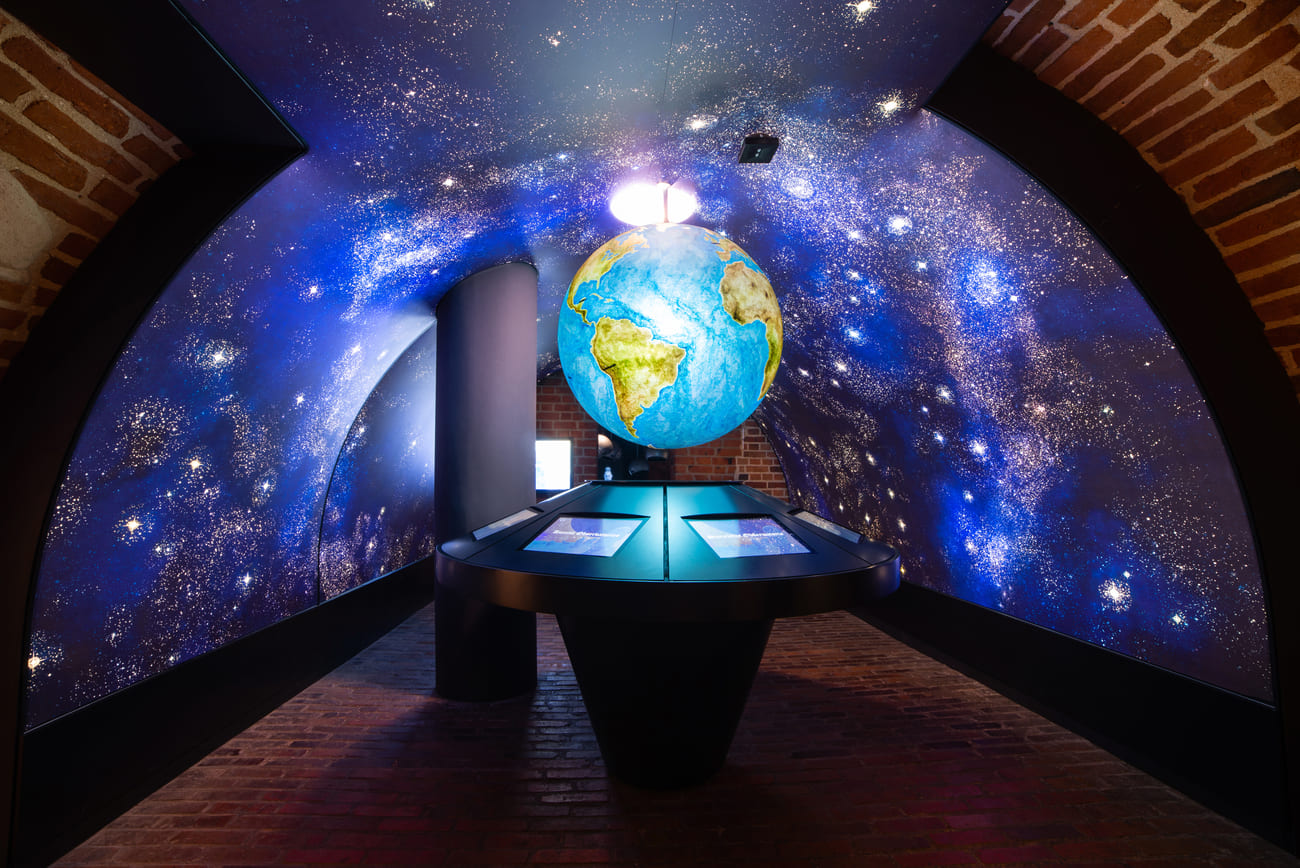
Nicolaus Copernicus House is the building where the great astronomer was born in 1473 and lived in his early years. The house is a museum object itself. It dates from the Middle Ages but has been renovated recently and new permanent exhibitions are now on display. The restoration work has been executed in an exemplary way and is very respectful to the historicity of the building, with functional and discreet interventions and many modern facilities for visitors.
It is a museum that encapsulates how a good job can be done with limited resources and a small team of curators, yet with a great deal of enthusiasm. It is a welcoming place with friendly atmosphere and staff. The museum narrative touches upon the history of the city and of the particular neighbourhood where the museum is located. Copernicus is presented as a man from Toruń. The narration also focuses on the history of the city, showing objects from recent excavations conducted around the building in the course of its renovation.
New technology, like VR exhibits, is used to enhance the museum interpretation of Copernicus’s life and work. On the roof of the museum, there is a nicely didactic artistic installation through which the visitors can experience the city in the Middle Ages. Multimedia exhibits in the museum also take visitors to historic periods before and after Copernicus, from antiquity to present day.
The exhibition is in general very playful. It is certainly a very popular historic house museum for all age groups and the long queues of visitors waiting for admission attest to this. It is particularly active in organising special activities for children which go beyond the museum space as Copernicus Museum is part of a network of seven museums operating under the same administration. It is also very active in building international partnerships around the theme of Copernicus.
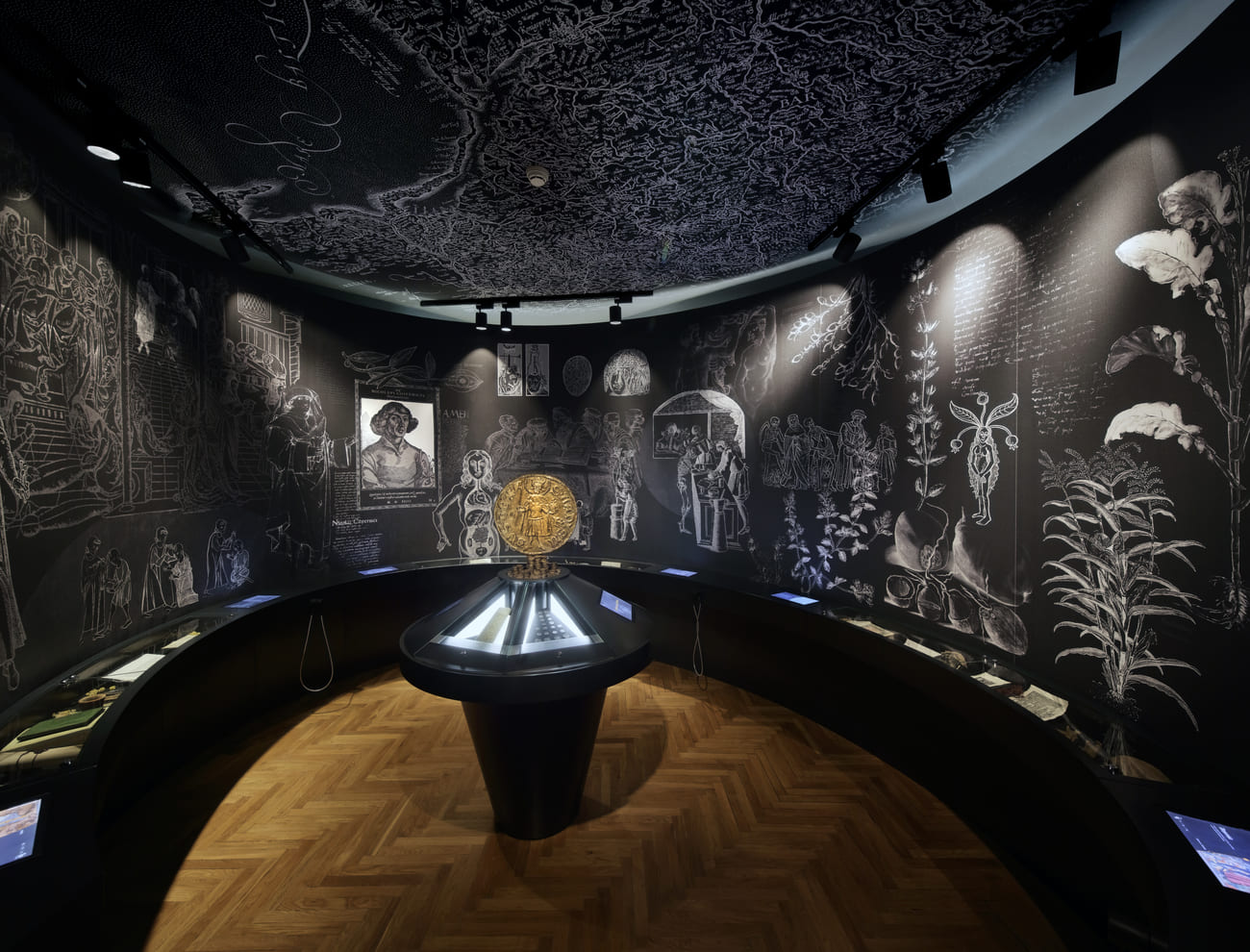
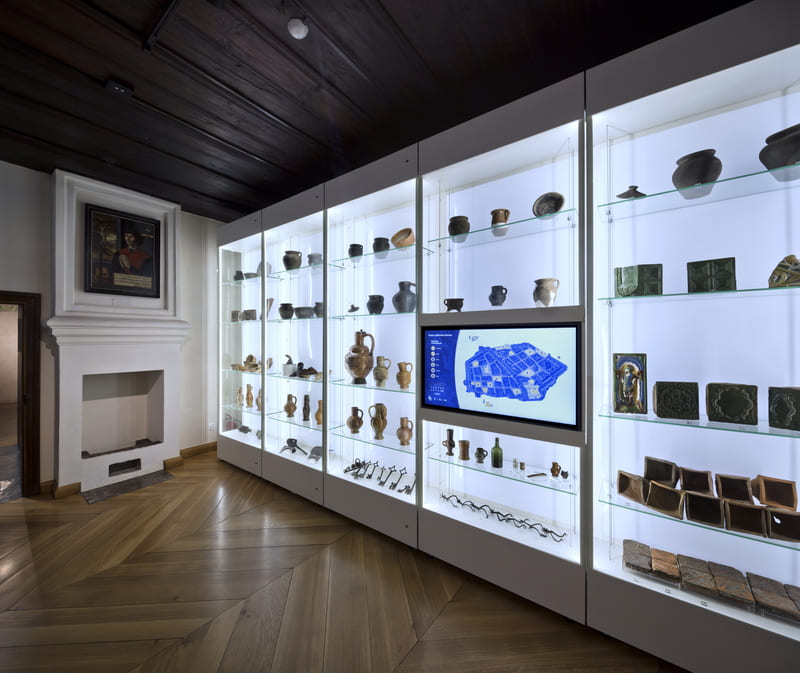
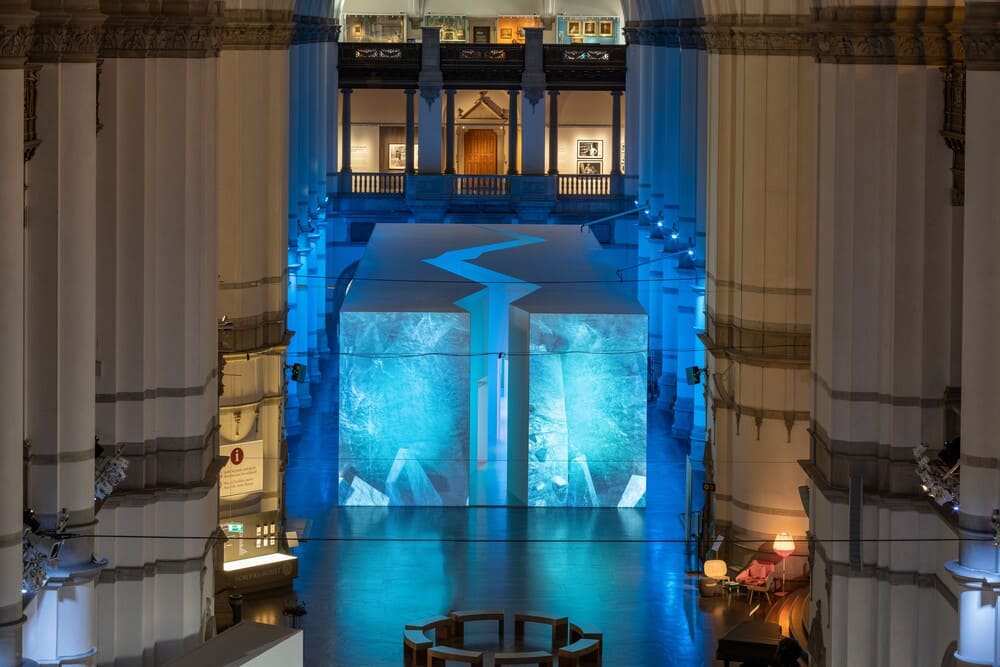
Nordiska museet was founded in 1873 by Artur Hazelius, a Swedish ethnographer and folklorist. Its collection, reflecting regional lifestyles, was initially comprised of objects like furniture, clothes and toys from all over Sweden and the other Nordic countries, gathered by Hazelius and his supporters. The museum continues to preserve the cultural heritage of the Nordic region, but it also brings it up to the present day, interlacing it with current issues and modern topics in its exhibitions and programs, and by doing so it provides a global perspective on Swedish cultural history and its place in the world, then and now.
The Arctic – While the Ice is Melting is an impressive and timely semi-permanent exhibition of the museum. Based on extensive research in science across different disciplines, it raises a wide range of questions about the impact of the melting ice caps on life in the Arctic region. The exhibition interweaves objects from the museum’s collection with real stories, projecting the information in engaging multimedia installations in a beautifully designed artistic setting, creating an atmosphere and feeling of being inside an iceberg. It raises crucial questions about sustainability –– both in terms of the environment and of the cultural life of the North.
Nordiska has also performed significant work in making the museum accessible and interesting to all, especially to the younger generation. Its exhibitions always include material for children to study and interact with. Moreover, its latest exhibition, The Time Vault, targeted at children aged 8-12 years, engages this audience in exploration through fun and playful experiences. The museum works with various audiences, ensuring that its vast collections are not only available (both on site and in digital form), but also engaging and relevant. By doing so, it utilizes its resources to draw attention to current issues and topics, not just history.
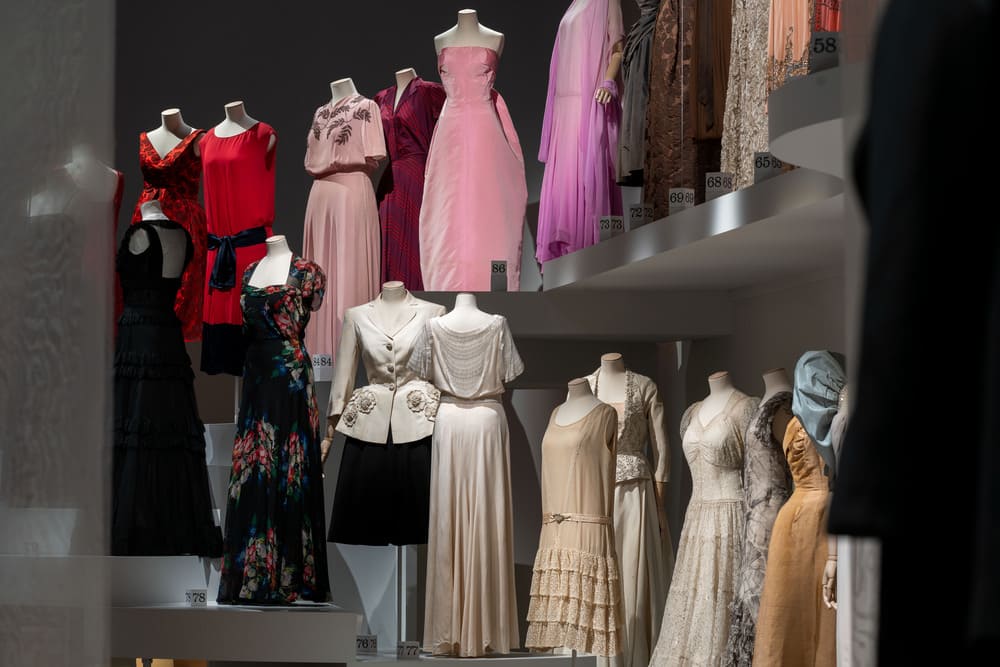
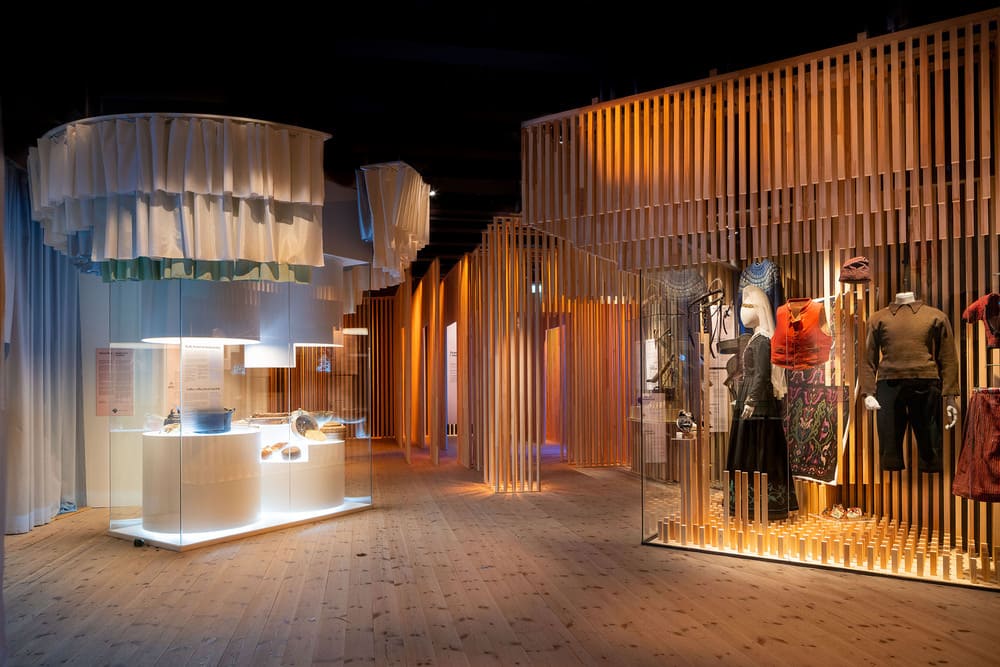
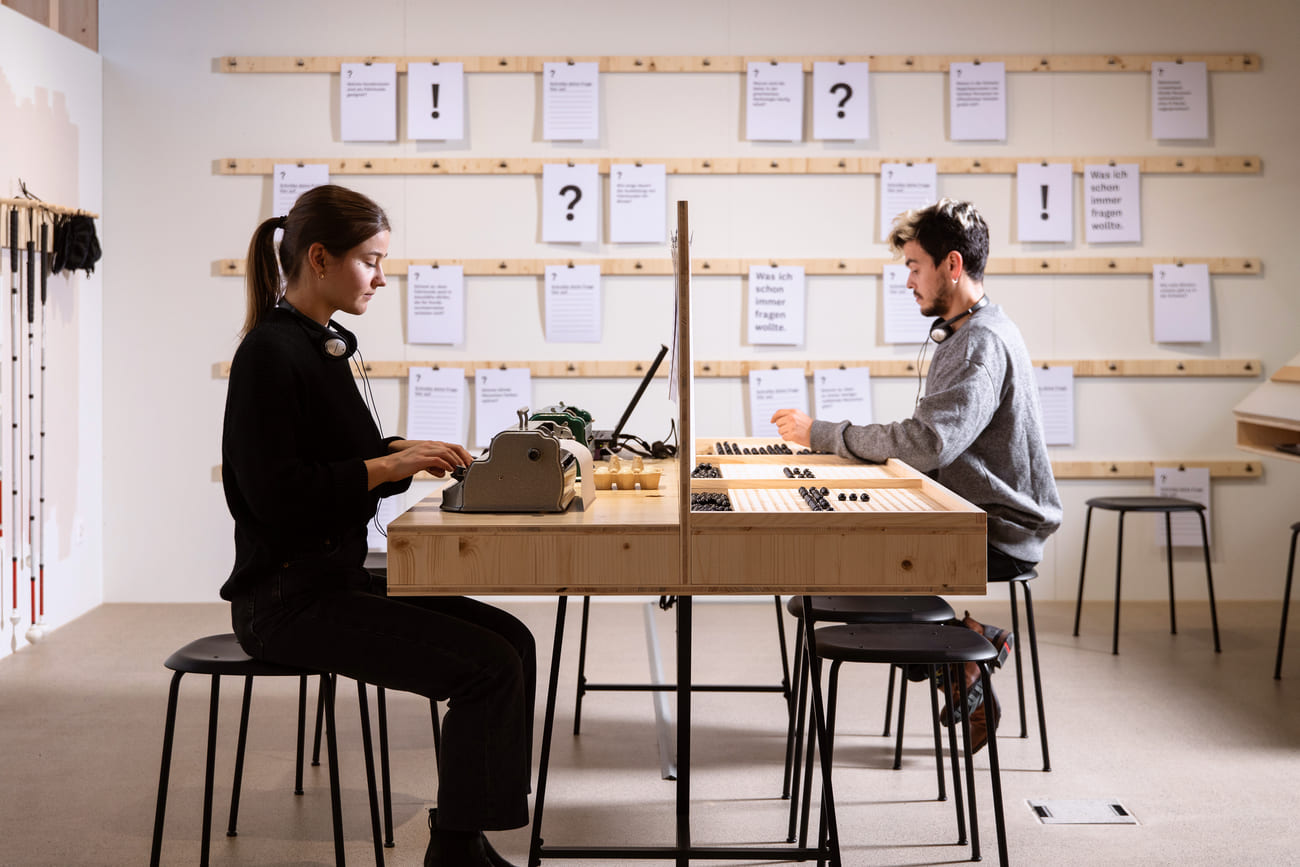
The Swiss Museum of the Blind, seeing differently is operated by the Foundation for blind and visually impaired children. Opened in March 2021, it showcases the 200-year-old history of education for the blind in Europe and Switzerland. Located immediately adjacent to it is the Zollikofen school for the blind. The close proximity of the foundation, the school and the museum forms a multi-functional complex with a garden and play area where residents from the neighbourhood share this public space to enjoy their leisure time.
With its exquisite presentation and narrative, the museum aims at providing a learning environment for everyone. The hands-on display of the collection, including certain educational materials developed and used by the school, and the thoughtfully designed sensory and practical experiences allow visitors to have an enriching experience. Stories of blind and visually impaired individuals accompany the exhibitions throughout the museum, providing personal perspectives and a human touch to the setting.
Abiding by its ‘Culture Inclusive’ policy, the museum gives special attention to accessibility of different groups. All areas are wheelchair accessible, and the media guide offers access in four different programmes and modes – in blindness, visual impairment, hearing impairment, and easy language.
Swiss Museum of the Blind positions the blind and visually impaired community as the main narrator. Besides building awareness about disability within the general public, it also aims at helping those living with similar conditions or those newly affected by it to reorient and adapt to their new lives. The blind and visually impaired community, their families and friends, and those studying or working in the educational field are actively engaged in different undertakings of the museum and the museum continuously seeks active engagement of these groups to improve its narrative, exhibitions, and activities. This community-oriented approach of the museum makes it certainly special.
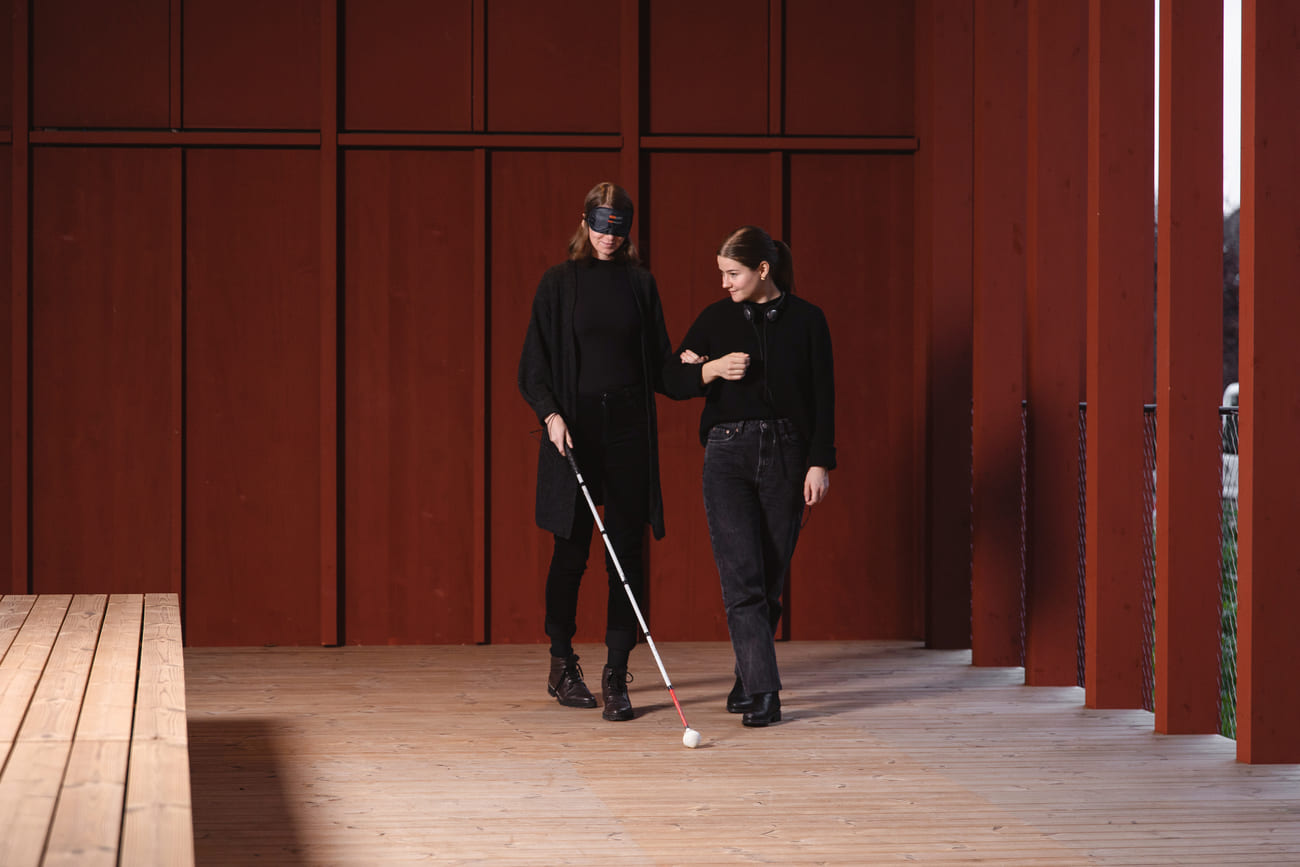
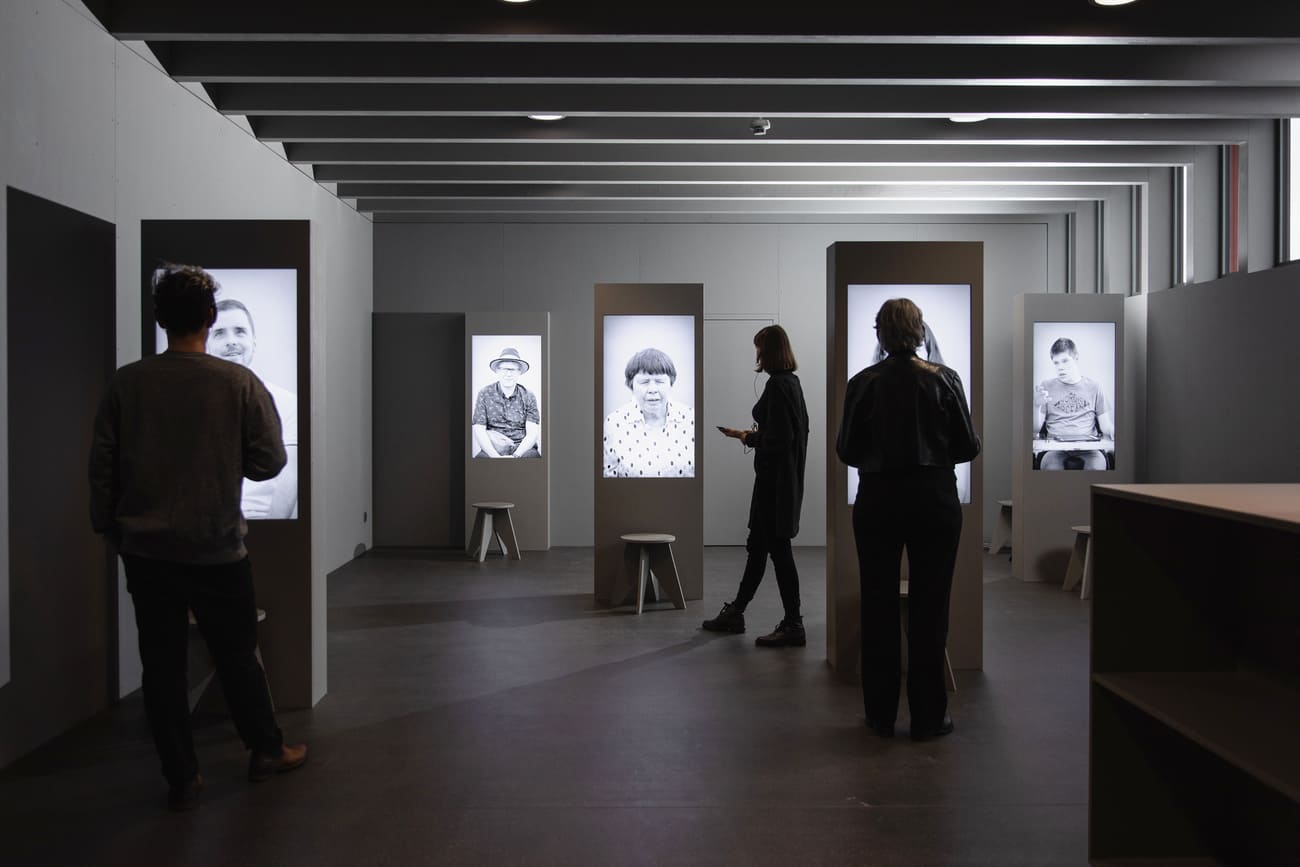
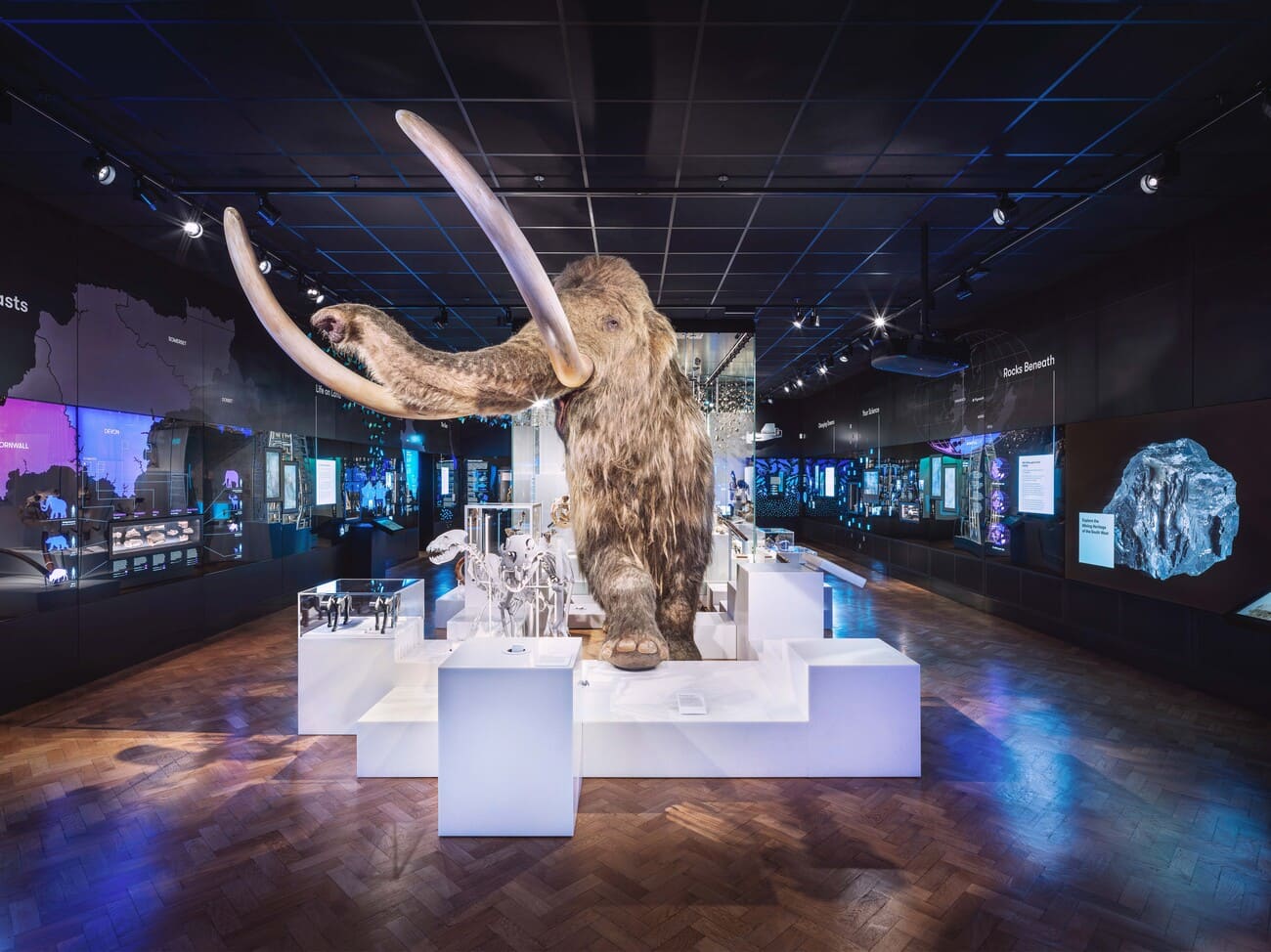
“The Box” is an entirely new and imaginative institution which brought together a substantial museum collection and two major archives in renovated museum and library buildings linked to create an extended and more practical home for the collections of the city of Plymouth. The four buildings that make up the home of “The Box” are connected by a newly built four-storey building which rationalises circulation and provides valuable additional space including the boxlike top floor, space for the paper archives of the city which gave rise to the name “The Box”. With outstanding exhibitions and easy access for all, this new museum complex has created a new cultural asset for the city and in its policies and programmes of community engagement at several levels, much-needed services for its citizens and visitors.
Many of its exhibitions are suitable for visitors of all ages from the young to adults. They include first-class interactive screens and reconstructions of the environmental history of the region. The galleries are elegant with excellent visual presentations about the geology and history of the region and the city. The maritime importance of Plymouth is finely staged. Special emphasis is placed on the history of the Mayflower which famously in 1620 sailed from Plymouth and brought “the pilgrims” to what is now New England. Their landing was a formative step in the development of what later became the United States. The Mayflower gallery displays a re-creation of the little ship and information about its passengers together with artefacts associated with the voyage. It represents in a small way how the simplicities of history as portrayed in schoolbooks and adventure stories of even the recent past are now challenged.
Programmed activities from those for the very young to third-level education and to communities in need of greater integration into society are exemplary. A crew of volunteers support its outreach programmes and in-house work. This is a remarkable regional museum with strong ambitions for its cultural, educational and social effects.
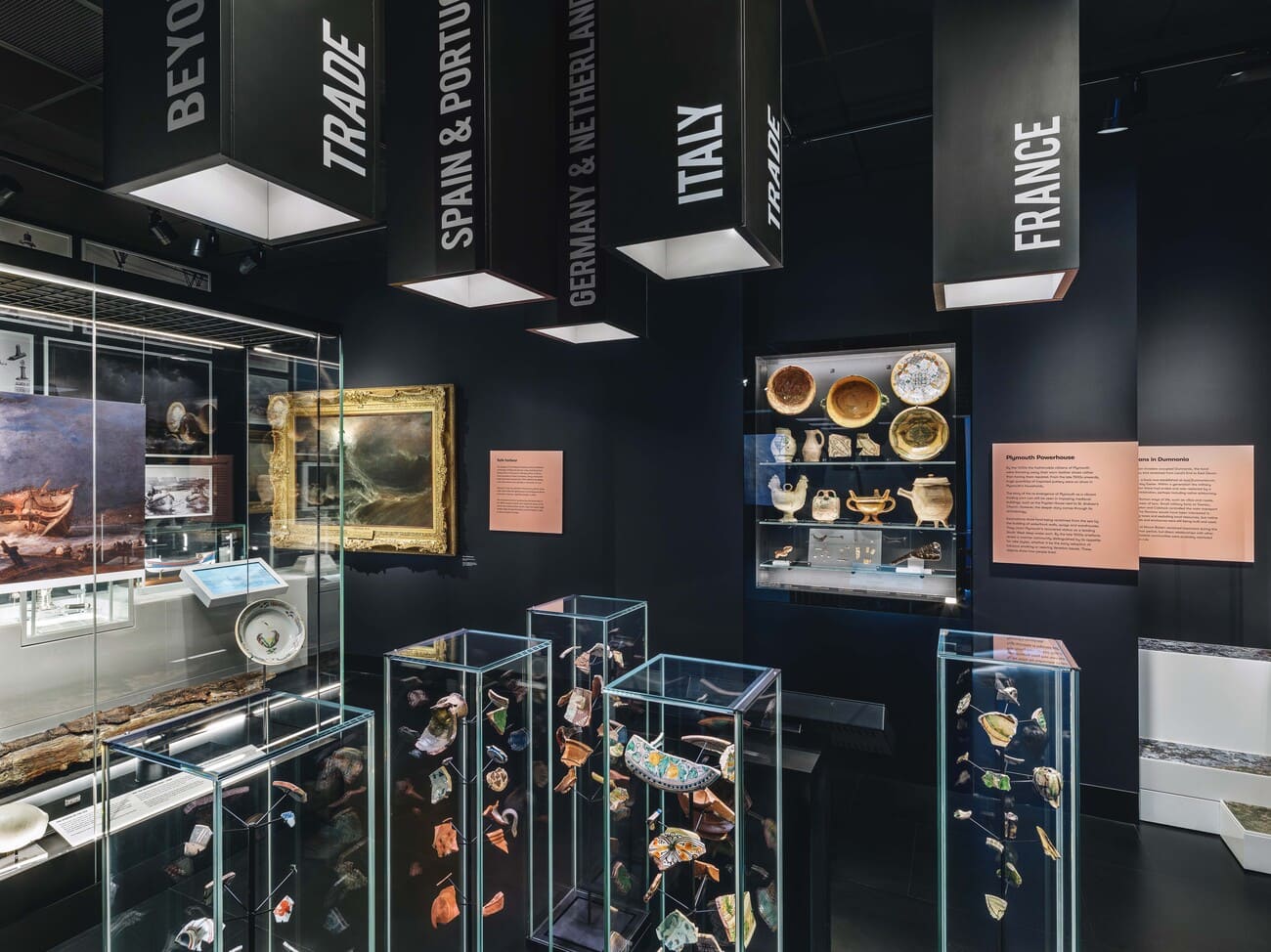
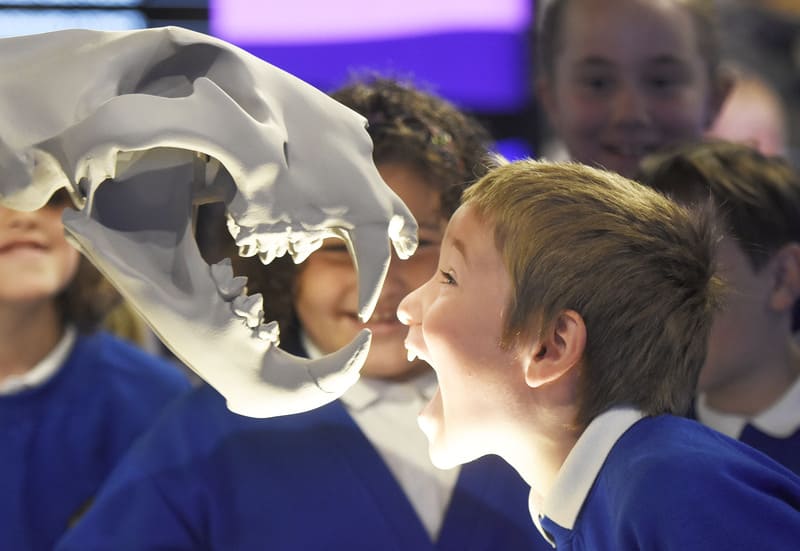
EMYA Jury 2022
- Marlen Mouliou, Professor of Museology, Faculty of History and Archaeology, National and Kapodistrian University of Athens, Greece (Chair until May 2022)
- José Gameiro, Founder and Scientific Director, Museum of Portimão, Portugal (guest judge for EMYA2022)
- Agnes Aljas, Research Secretary of the Estonian National Museum, Estonia
- Amina Krvavac, Executive Director, War Childhood Museum, Bosnia and Herzegovina (Chair from May 2022)
- Afsin Altayli, Independent Researcher, France
- Adriana Munoz, Curator, National Museums of World Culture, Gothenburg, Sweden
- Christophe Dufour, Former Director, Musée d’histoire naturelle de Neuchâtel, Switzerland
- Mark O’Neill, Associate Professor, University of Glasgow, United Kingdom
- Atle Faye, Communication Team Manager, Oslo Academy of the Arts, Norway (guest judge for EMYA2022)
- Michael Ryan, Former Director of the Chester Beatty Library, Dublin, Ireland (guest judge for EMYA2022)
- Metka Fujs, Historian, Museum Councillor, Director, Pomurje Museum Murska Sobota, Slovenia
- Dina Sorokina, Former Director of the Boris Yeltsin Museum, Independent Researcher and Consultant, Russian Federation
Partners
CANDIDATES FOR THE EUROPEAN MUSEUM OF THE YEAR AWARD 2022
- Natural History Museum Weiherburg, Innsbruck, AUSTRIA
- Jewish Museum Vienna, Vienna, AUSTRIA
- KBR Museum, The Library of the Dukes of Burgundy, Brussels, BELGIUM
- Ghent University Museum (GUM), Ghent, BELGIUM
- Musée L – University Museum of Louvain, Louvain-la-Neuve, BELGIUM
- MigratieMuseumMigration, Molenbeek-Saint-Jean (Brussels), BELGIUM
- Woodcarving Museum, Konjic, BOSNIA AND HERZEGOVINA
- Virovitica City Museum, Virovitica, CROATIA
- Occupation Museum, Aarhus 1940-45, Aarhus, DENMARK
- Holmegaard Museum, Fensmark, DENMARK
- Holstebro Museum, Holstebro, DENMARK
- The Estonian Maritime Museum Foundation, Tallinn, ESTONIA
- Music Museum Fame – The Finnish Music Hall of Fame, Helsinki, FINLAND
- National Air and Space Museum of France, Paris, FRANCE
- Bolnisi Museum of Georgian National Museum, Bolnisi, GEORGIA
- Beethoven House, Bonn, GERMANY
- Fortress Dresden, Dresden, GERMANY
- Ludwig Erhard Centre, Fürth, GERMANY
- experimenta, Heilbronn, GERMANY
- Museum Hegel House, Stuttgart, GERMANY
- Capodistrias Museum – Center of Capodistrian Studies, Corfu, GREECE
- Icelandic Museum of Natural History, Reykjavik, ICELAND
- Nano Nagle Place, Cork, IRELAND
- Museum of Literature Ireland (MoLI), Dublin, IRELAND
- Sigismondo Castromediano Museum, Lecce, ITALY
- ADI Design Museum, Milan, ITALY
- Alūksne Bānītis Station, Alūksne, LATVIA
- Allard Pierson, The Collections of the University of Amsterdam, Amsterdam, THE NETHERLANDS
- Museum of the Mind | Dolhuys, Haarlem, THE NETHERLANDS
- Comenius Museum and Mausoleum, Naarden, THE NETHERLANDS
- The University Museum of Bergen – Natural History, Bergen, NORWAY
- The Fram Museum, Oslo, NORWAY
- The Nordic Bible Museum, Oslo, NORWAY
- Nicolaus Copernicus House – Department of the District Museum in Toruń, Toruń, POLAND
- Côa Park – Foundation for the Safeguarding and Development of the Côa Valley, Vila Nova de Foz Côa, PORTUGAL
- The Museum of Cosmonautics, Moscow, RUSSIAN FEDERATION
- The State Historical Architectural Art and Landscape Museum-Reserve “Tsaritsyno”, Moscow, RUSSIAN FEDERATION
- The Chernomyrdin Museum, Tschorny Otrog, Orenburg region, RUSSIAN FEDERATION
- National Museum in Belgrade, Belgrade, SERBIA
- Museum of Contemporary Art Helga de Alvear, Cáceres, SPAIN
- Museum of Footwear and Industry, Inca, SPAIN
- Gaudí Casa Botines Museum, Leon, SPAIN
- Mas Miró Foundation, Mont-roig del Camp, SPAIN
- Sörmland Museum, Sörmland, SWEDEN
- Nordiska Museem, Stockholm, SWEDEN
- Swiss Museum of the Blind, Bern, SWITZERLAND
- Cathedral Treasure Museum, Chur, SWITZERLAND
- Foundation Opale, Lens, SWITZERLAND
- House of Museums, Olten, SWITZERLAND
- Museum of Mesolcina and Calanca Valleys, San Vittore, SWITZERLAND
- Wildegg Castle – Museum Aargau, Wildegg, SWITZERLAND
- Ziraat Bank Museum, Ankara, TURKEY
- Göbeklitepe, Sanliurfa, TURKEY
- Van Urartu Museum, Van, TURKEY
- Tunceli Museum, Tunceli, TURKEY
- Victoria Museum, Kyiv, UKRAINE
- Aberdeen Art Gallery, Aberdeen, UNITED KINGDOM
- National Maritime Museum, Greenwich, UNITED KINGDOM
- Science Museum, Medicine: The Welcome Galleries, London, UNITED KINGDOM
- The Box (Arca Plymouth U.K Ltd.), Plymouth, UNITED KINGDOM
EMYA
Credits
EUROPEAN MUSEUM FORUM
European Museum Forum is a Charitable Company Limited by guarantee,
registered in England and Wales, registration no 07243034, charity no 1136790,
registered office World Museum Liverpool, William Brown Street, Liverpool L3 8EN
EMF website
www.europeanforum.museum
Council of Europe website
http://website-pace.net/web/apce/the-museum-prize
European Museum of the Year Award.
The Candidates 2022
Published by: European Museum Forum
Edited by: Dina Sorokina, Marlen Mouliou, Mark O’Neill
Graphic Layout: Submarine, Sarajevo


